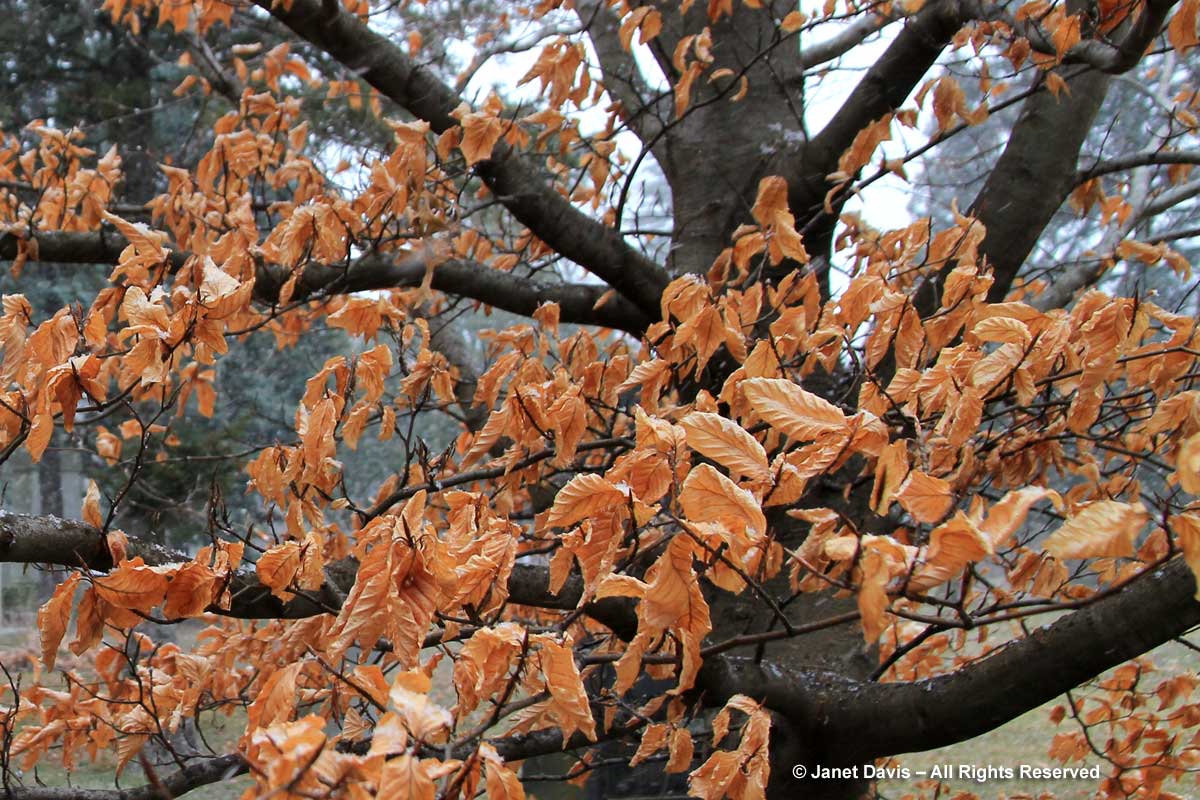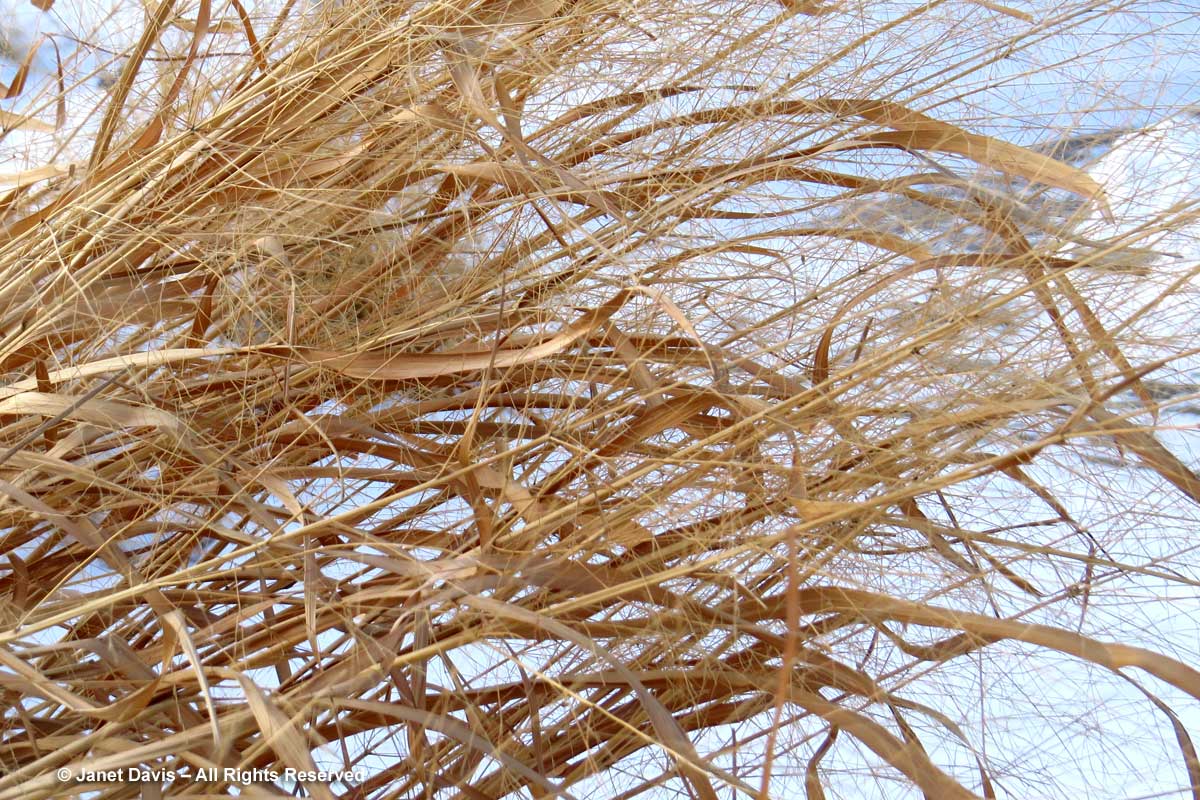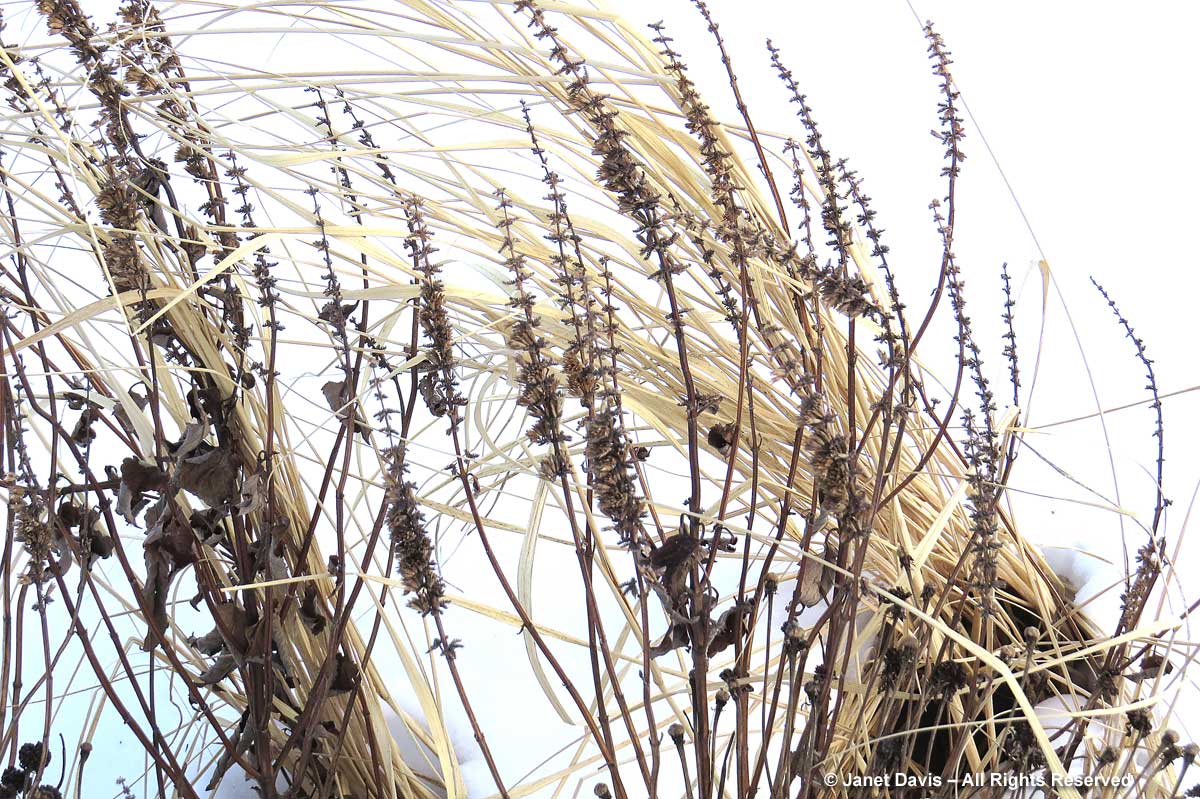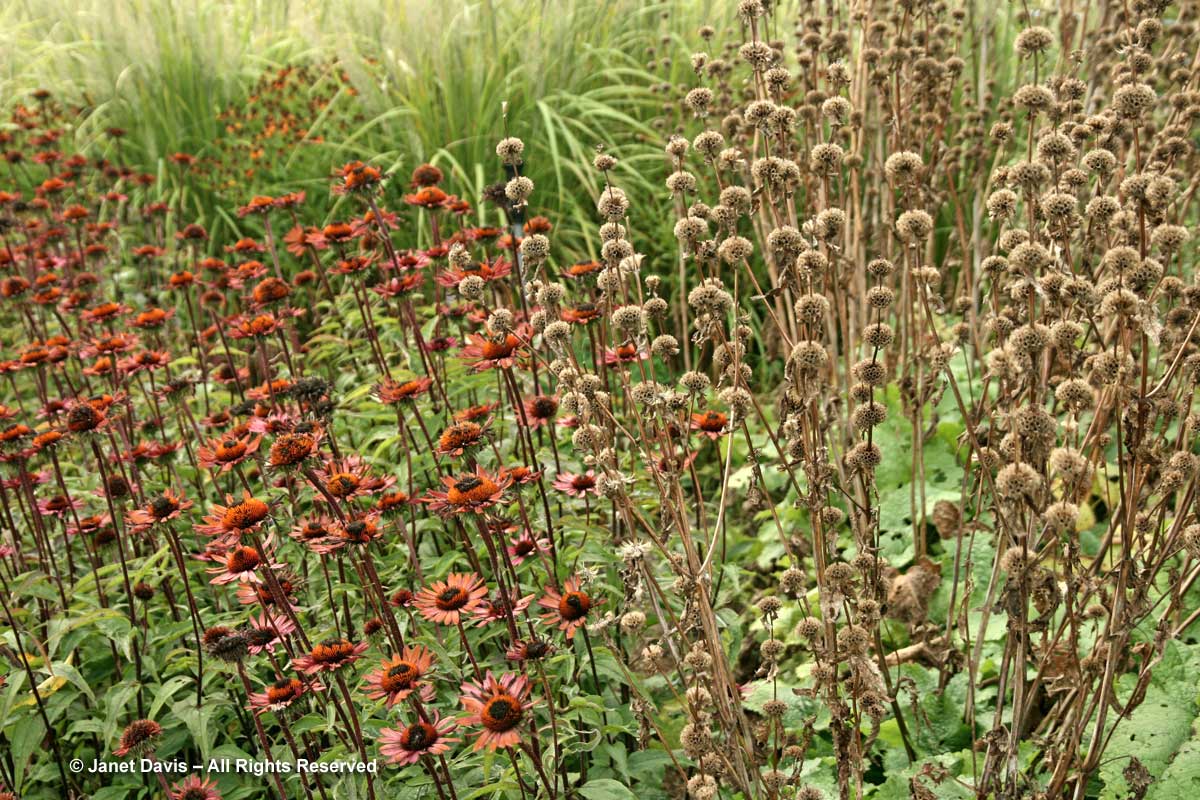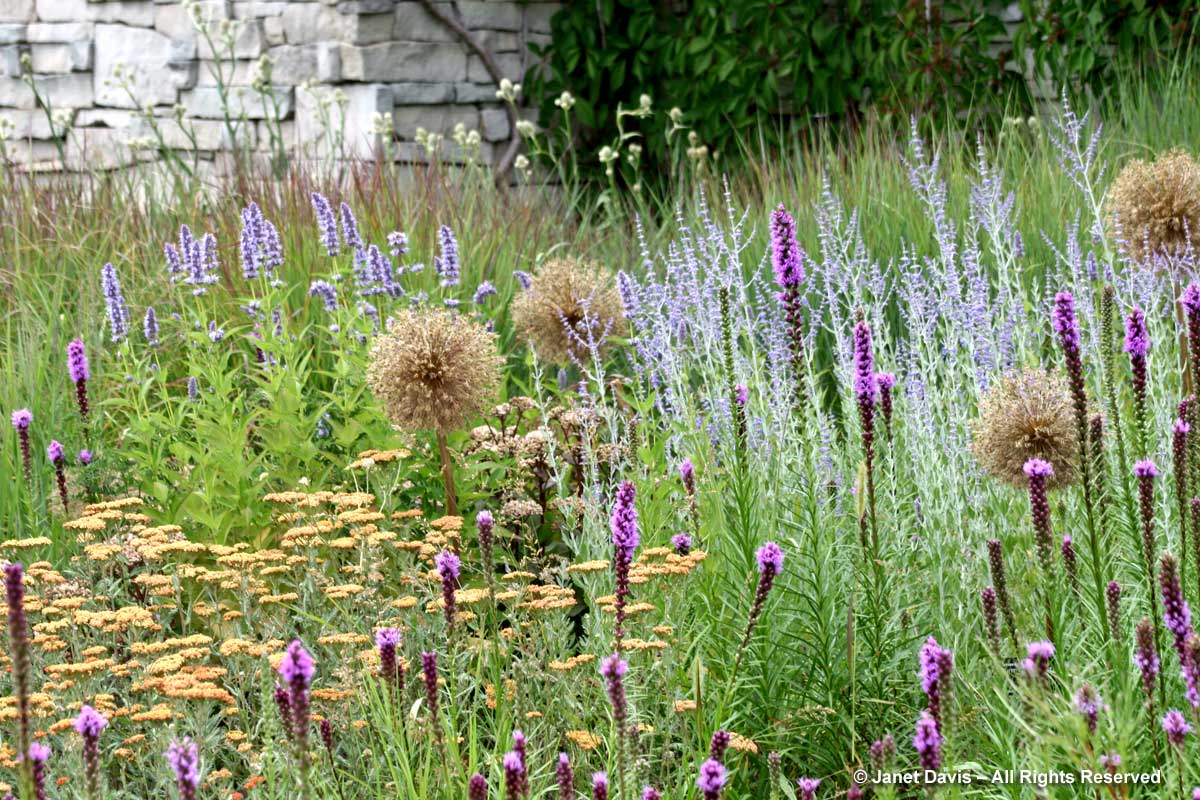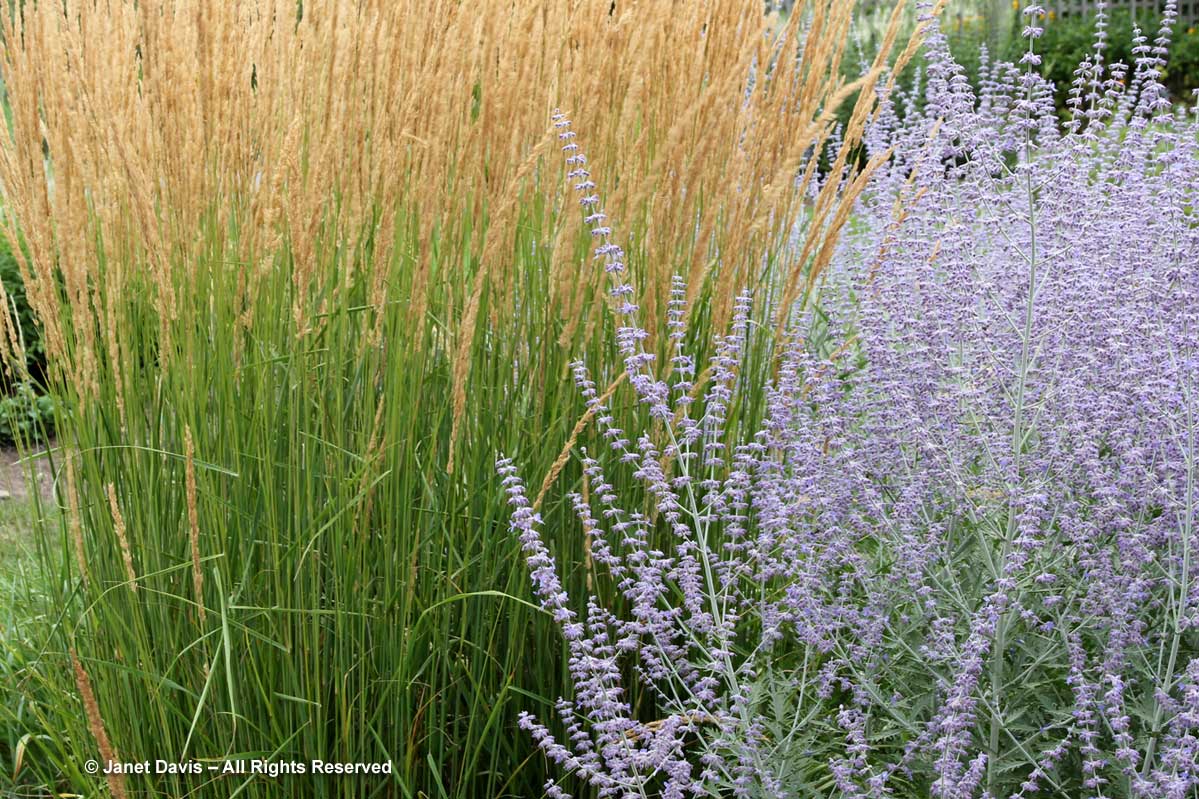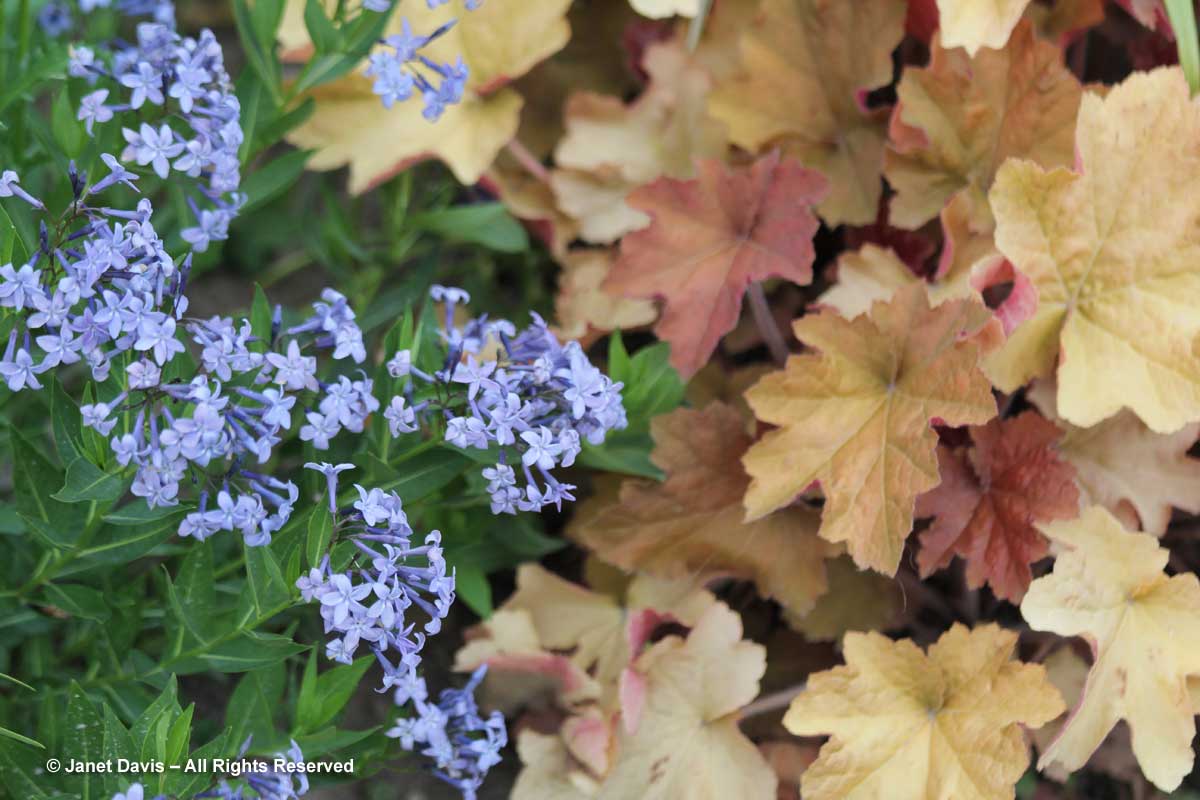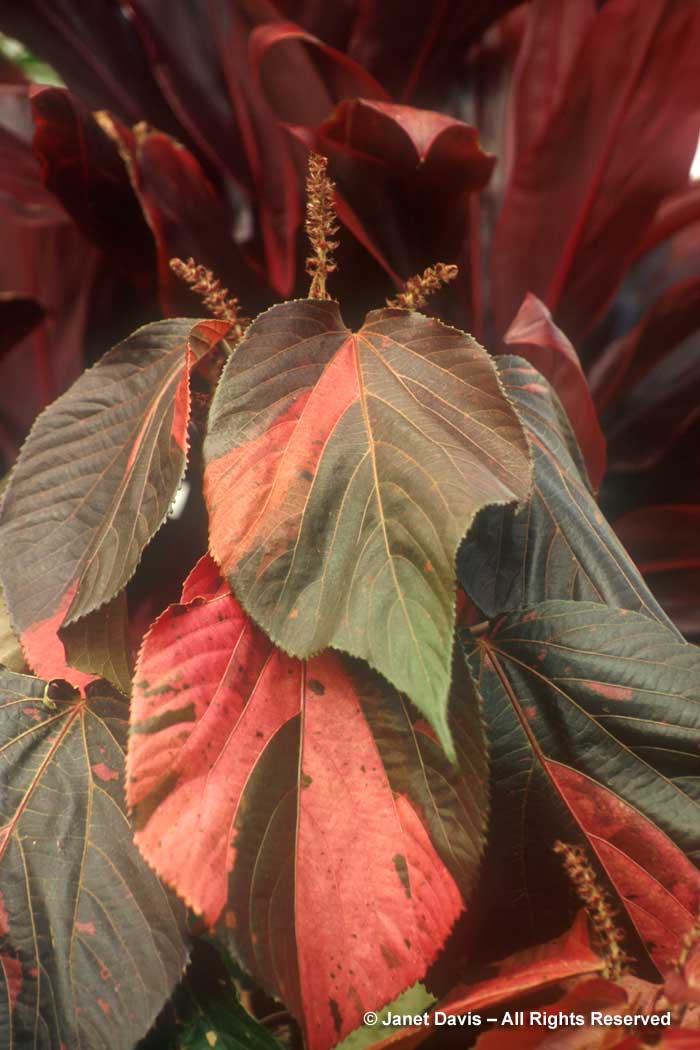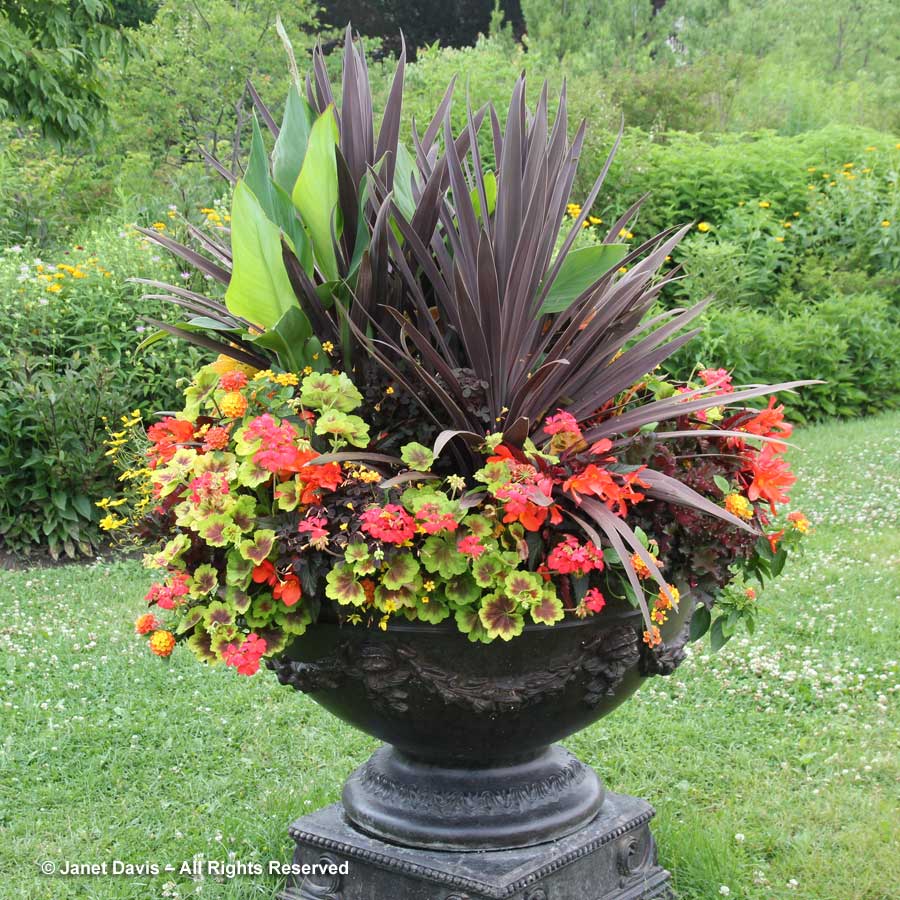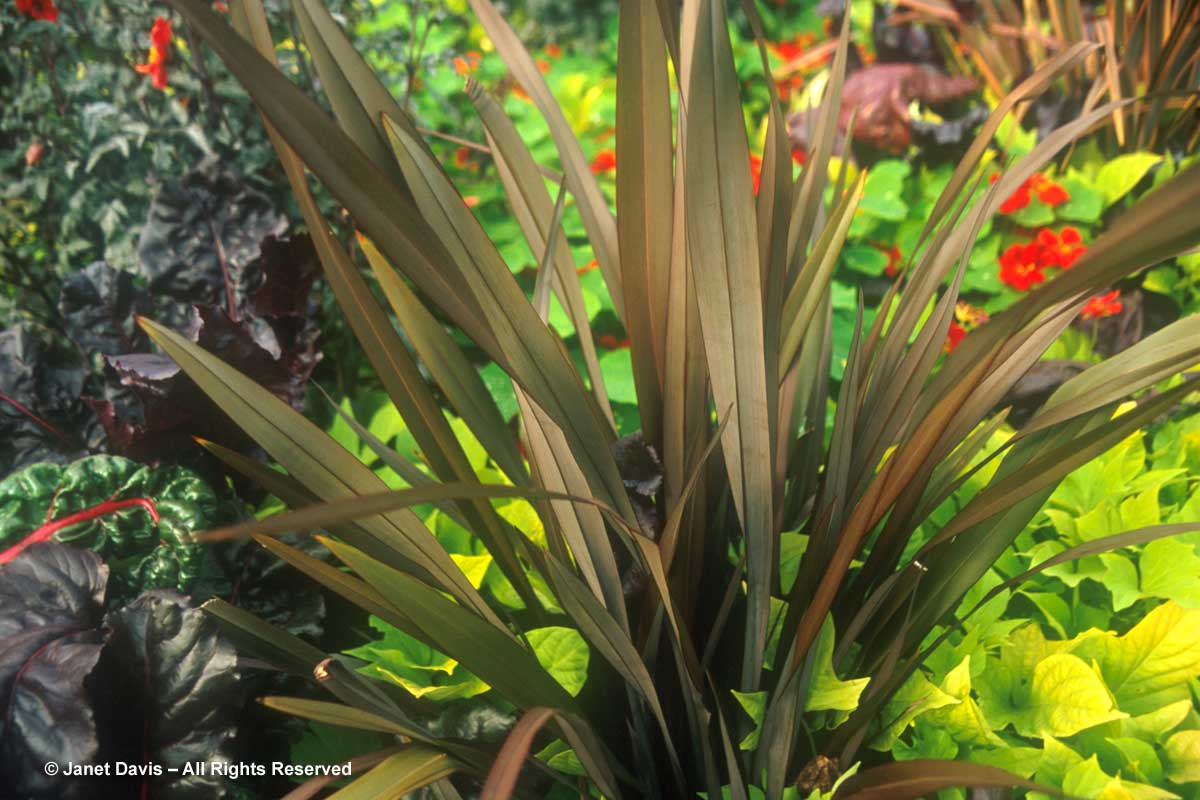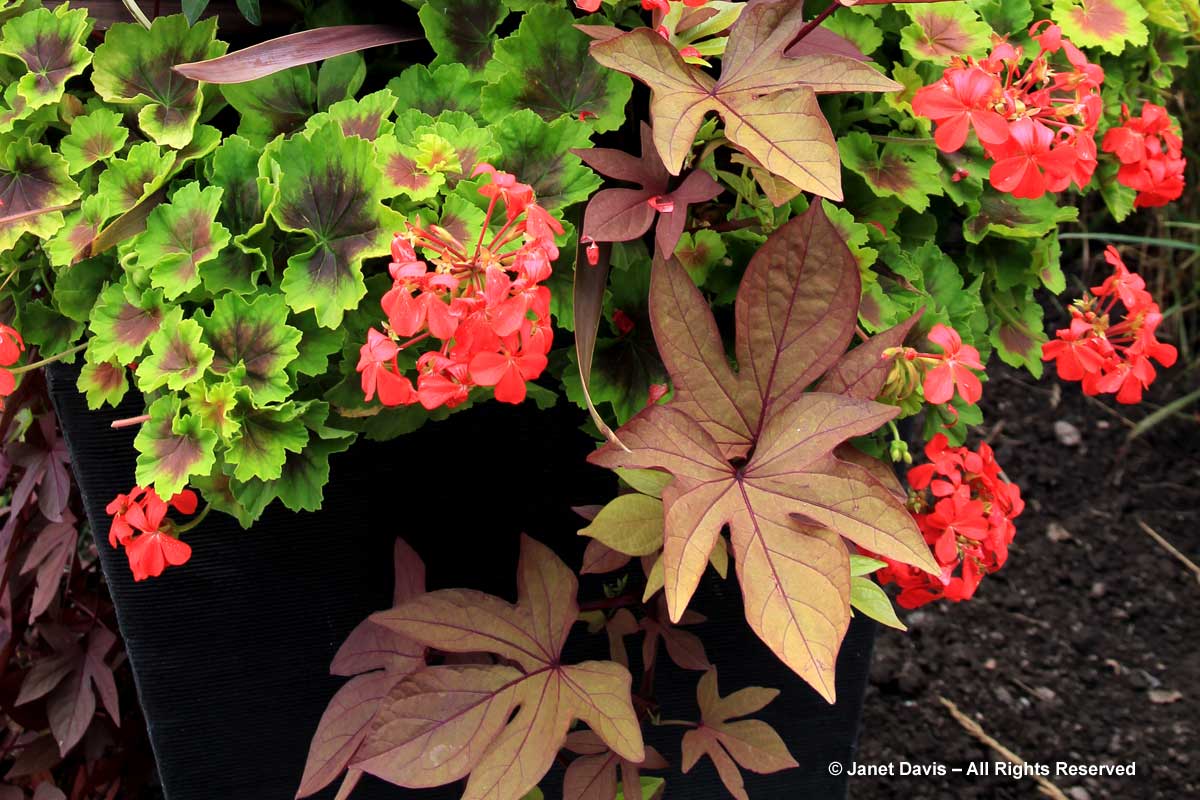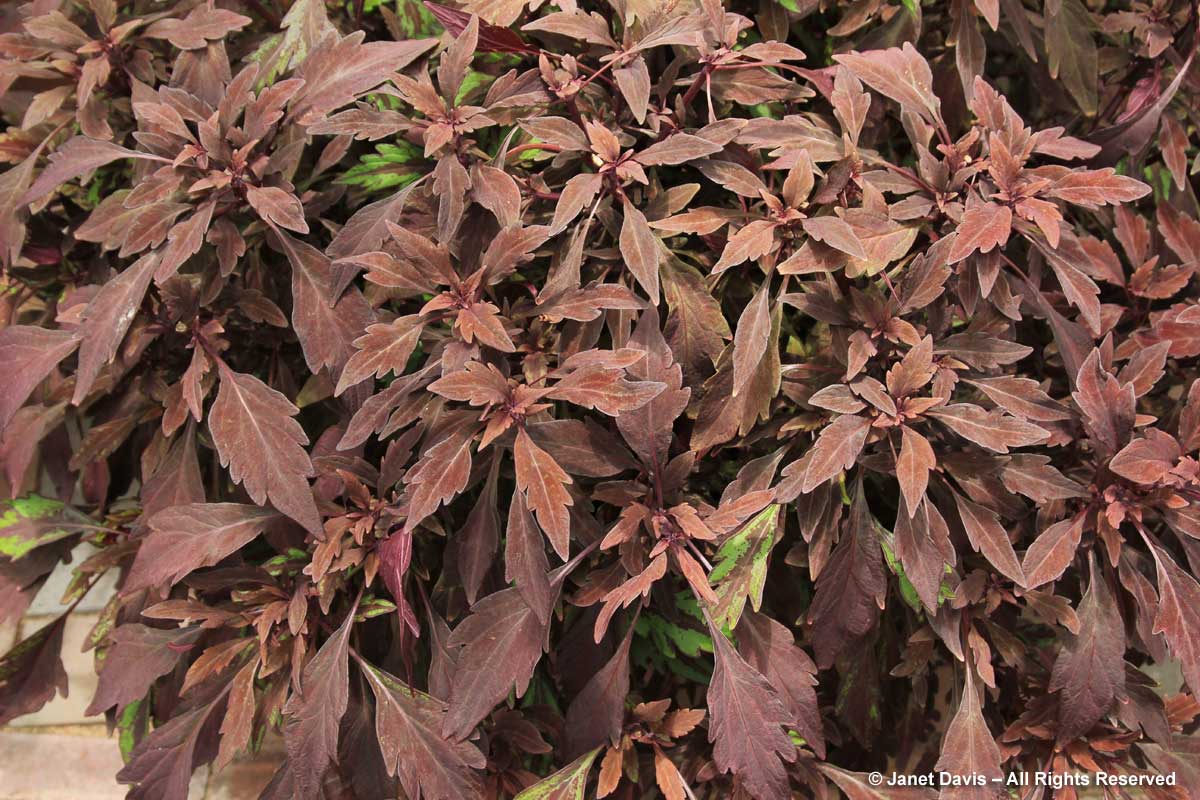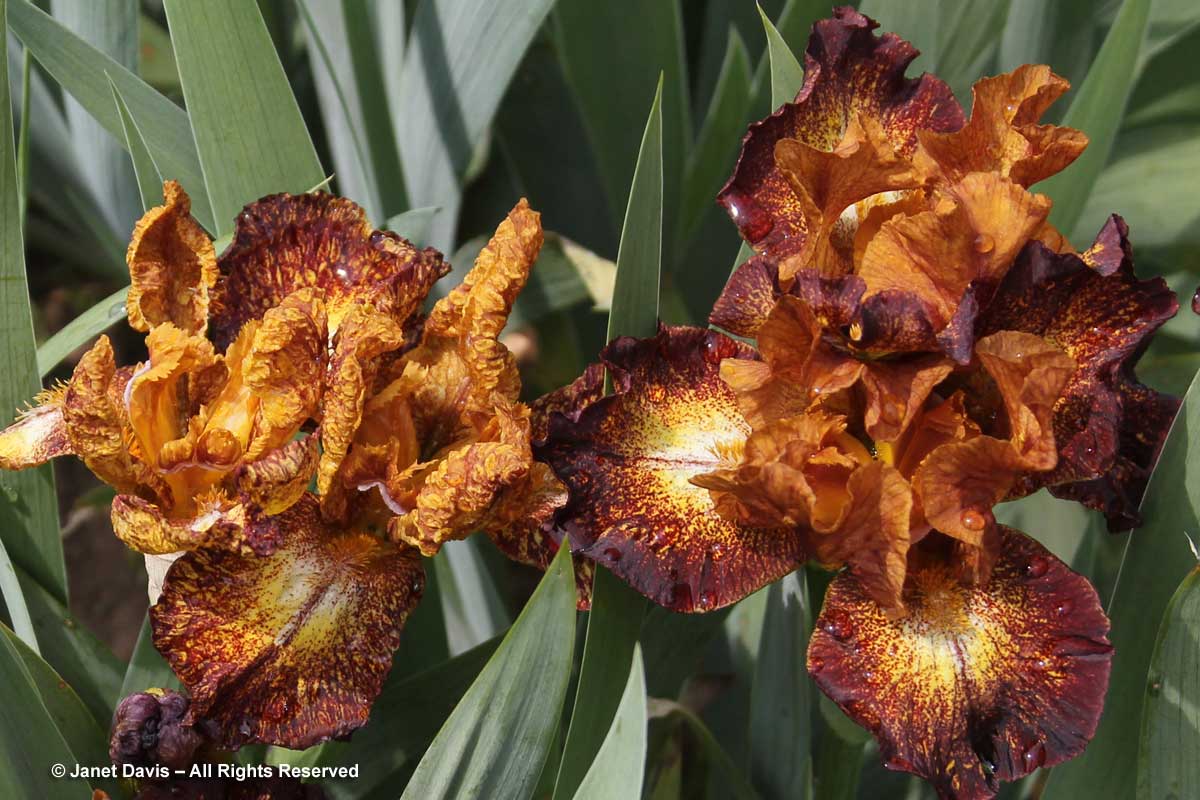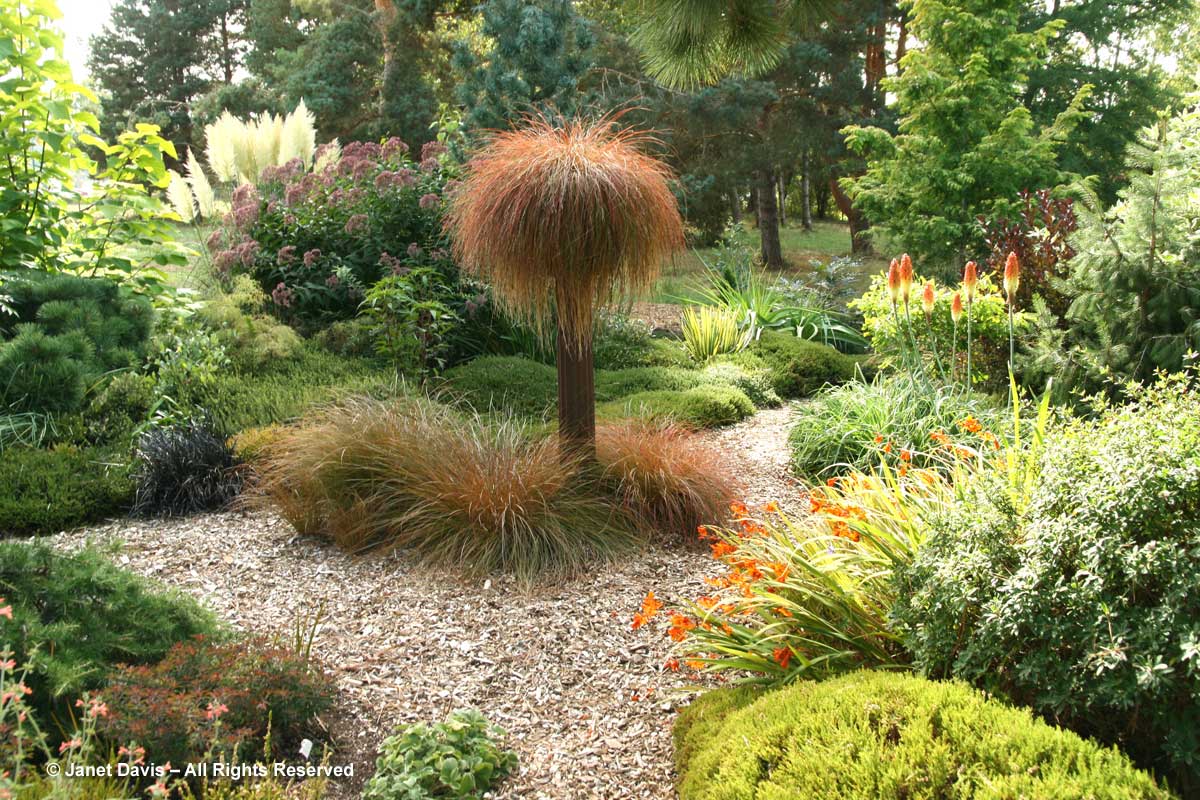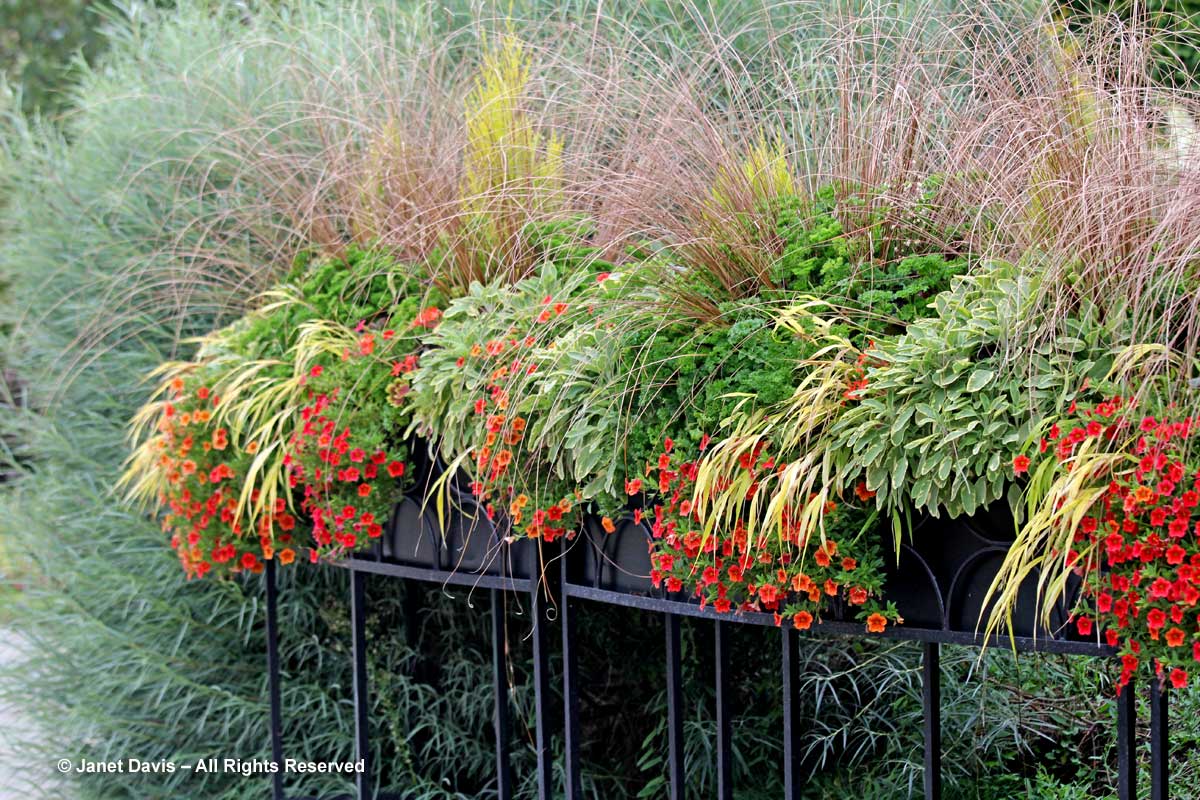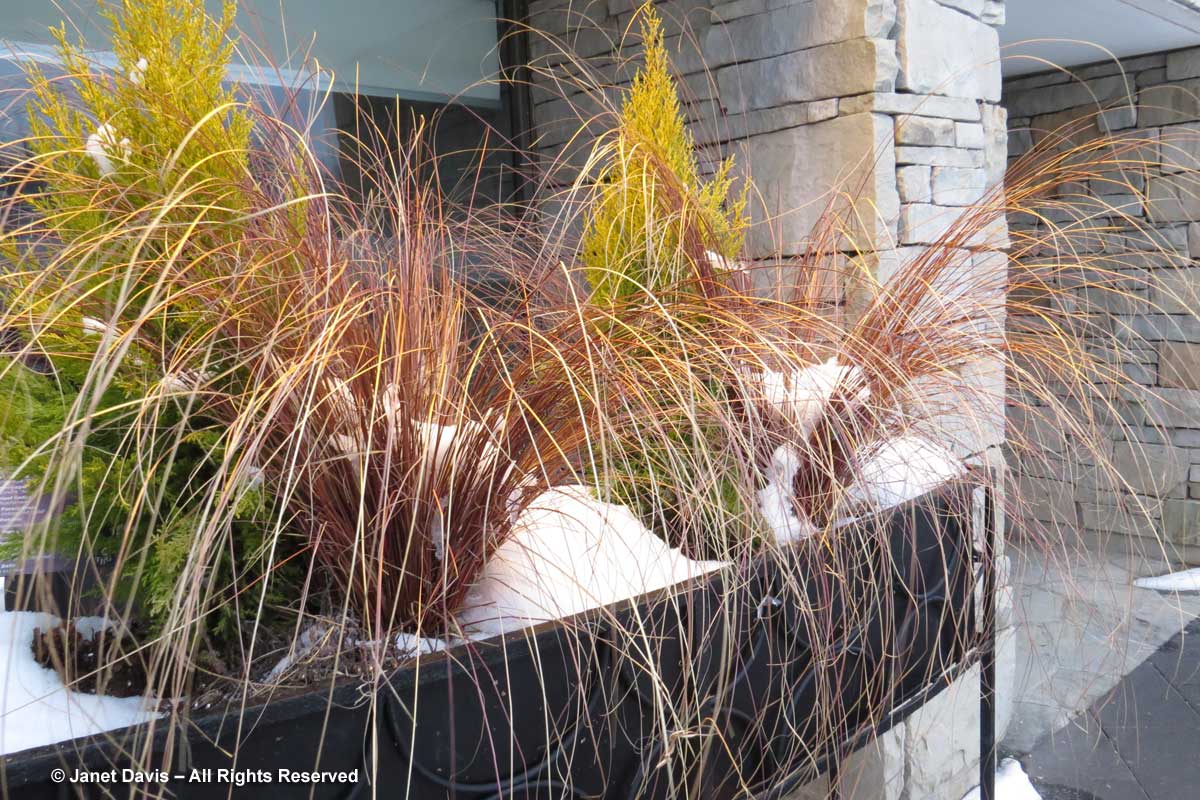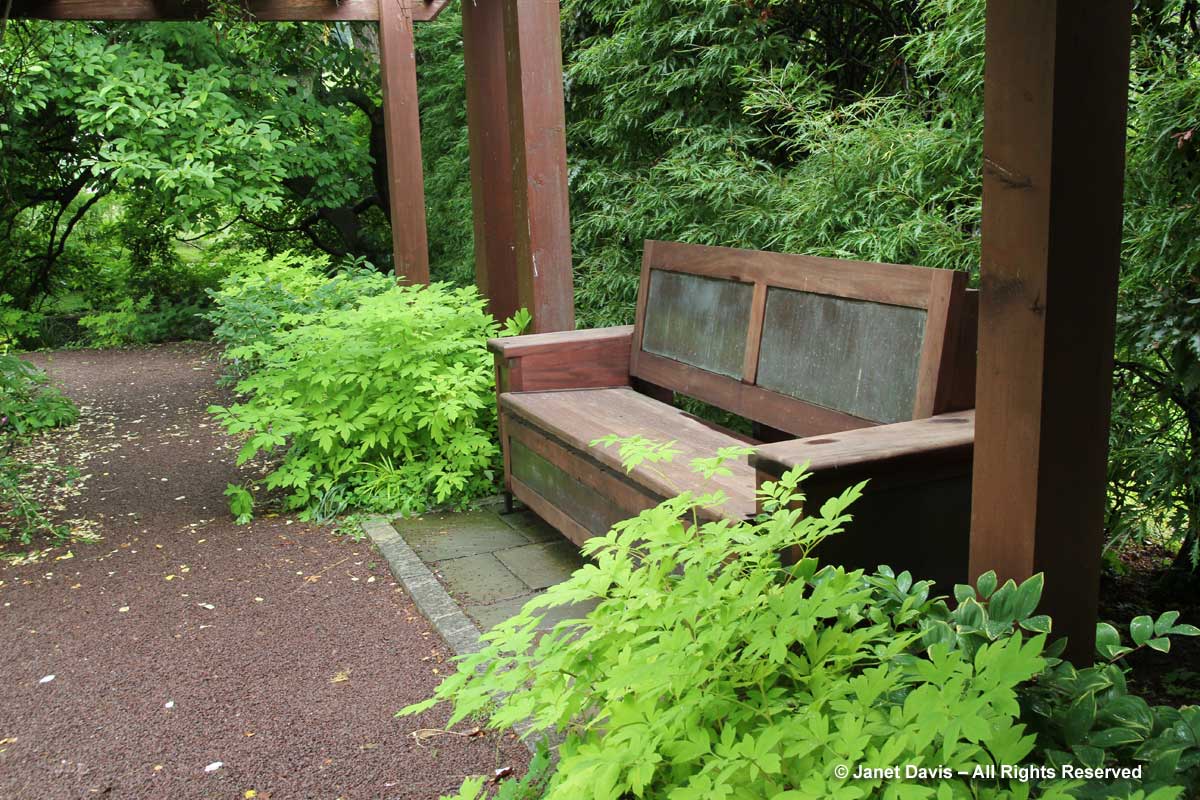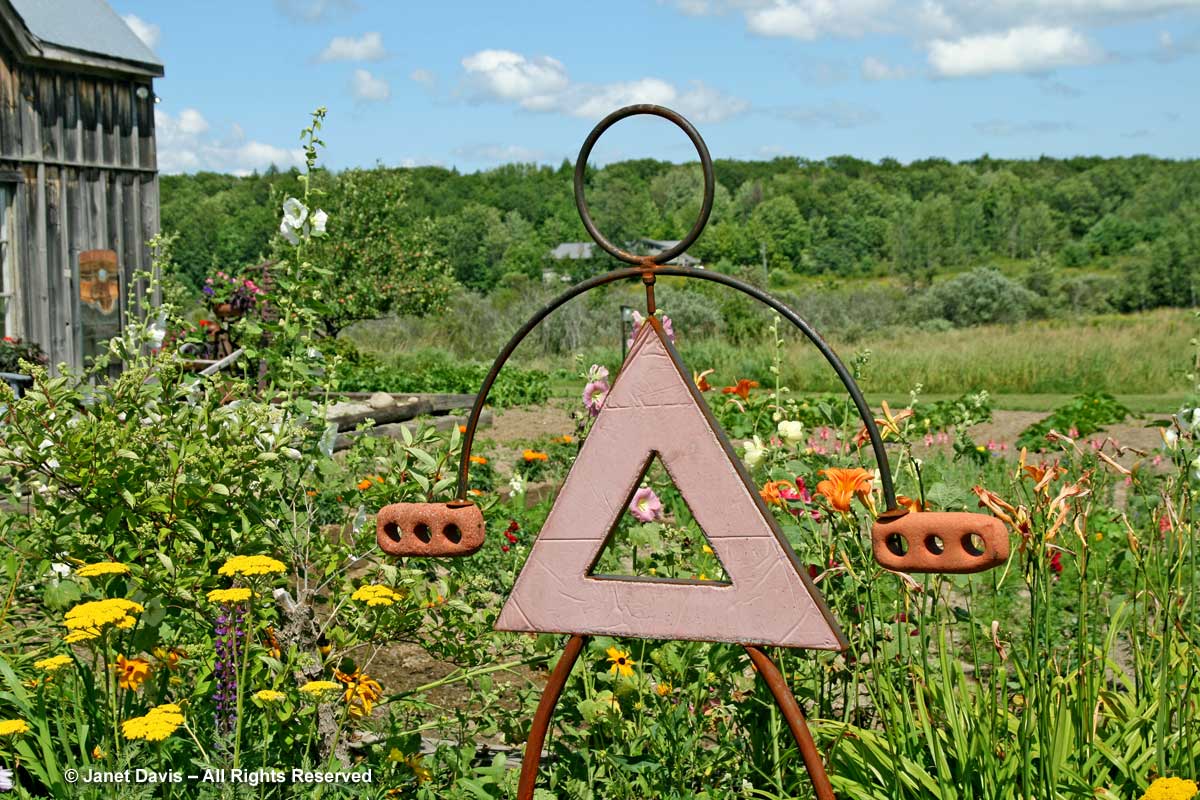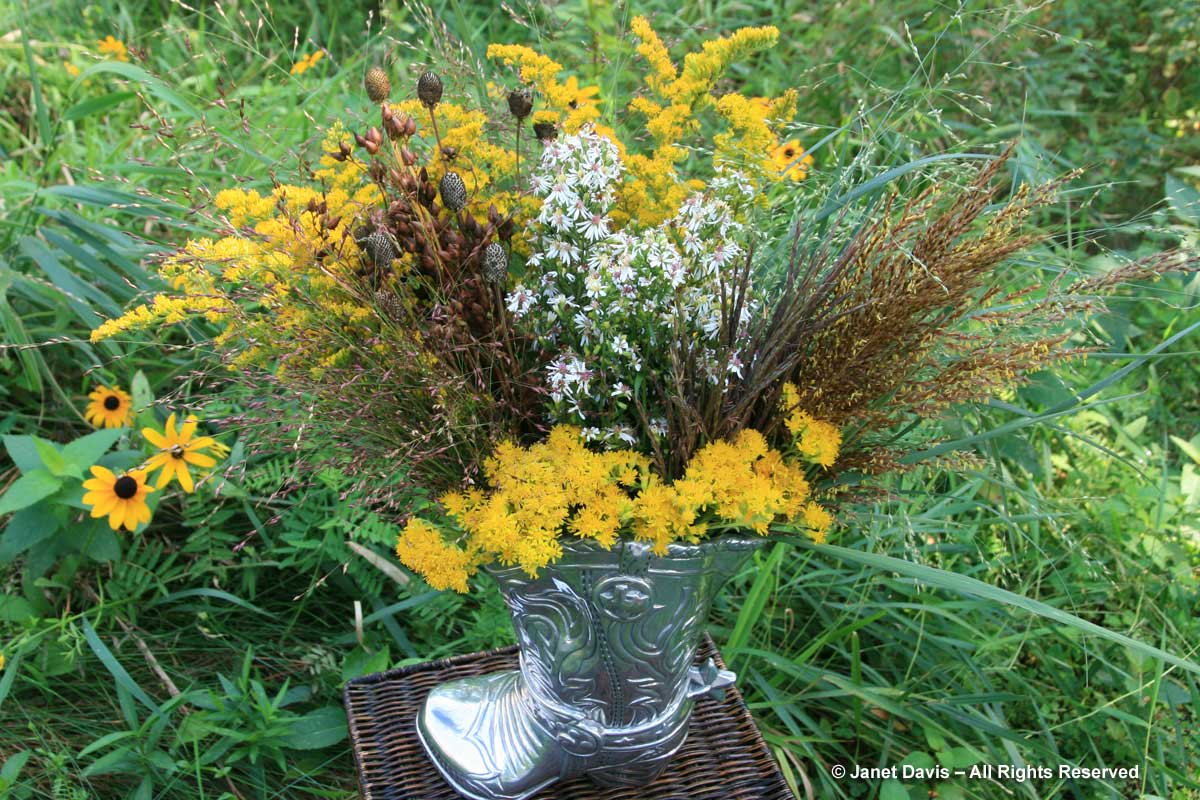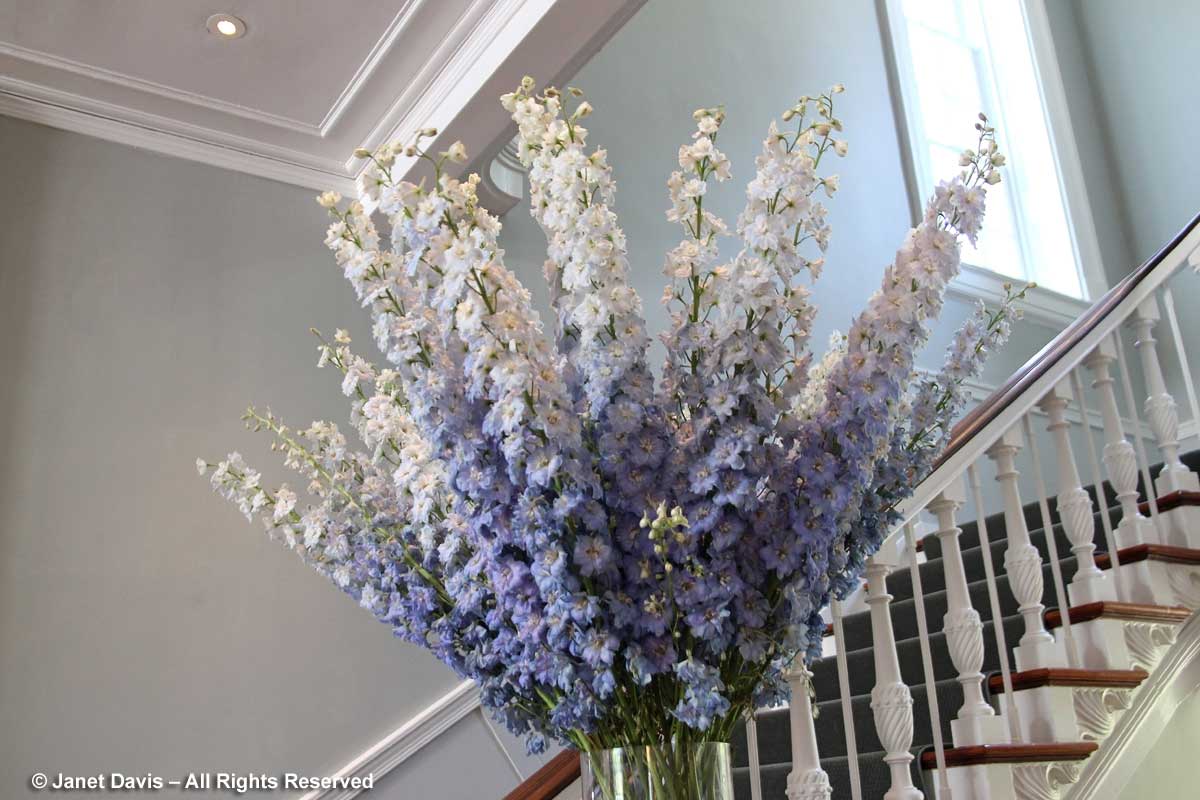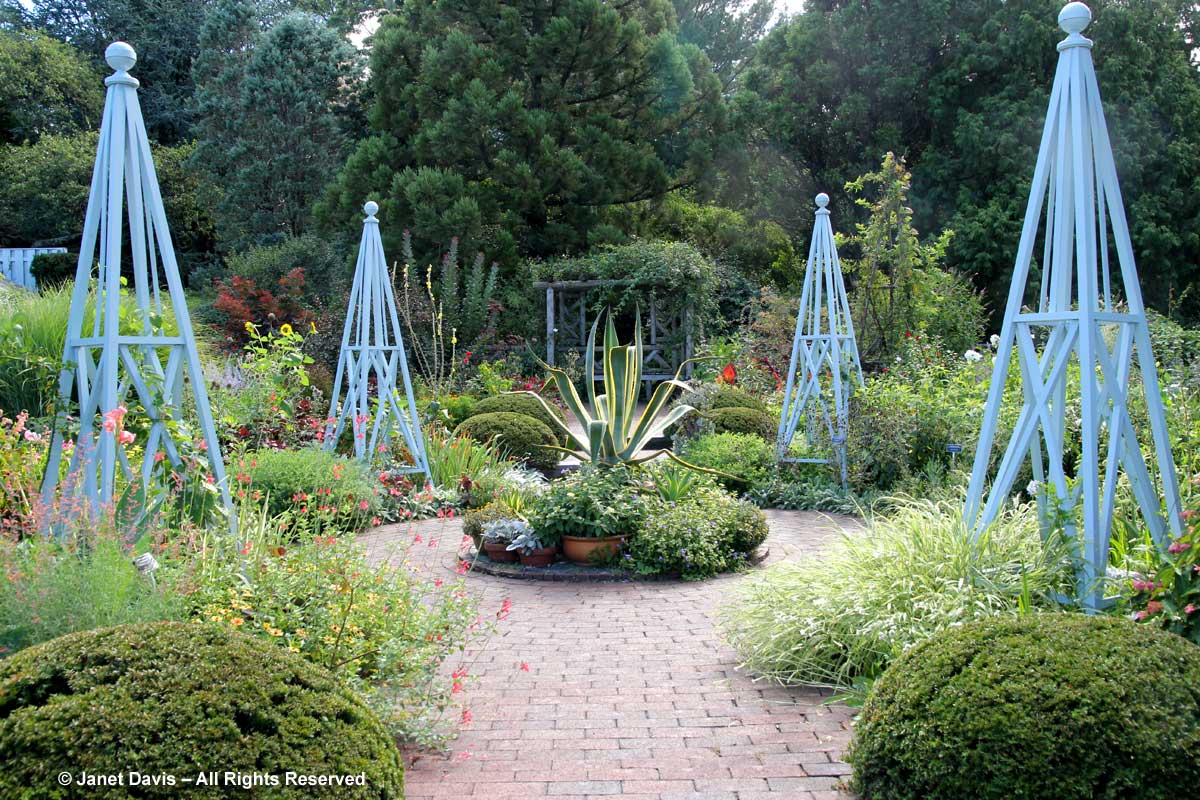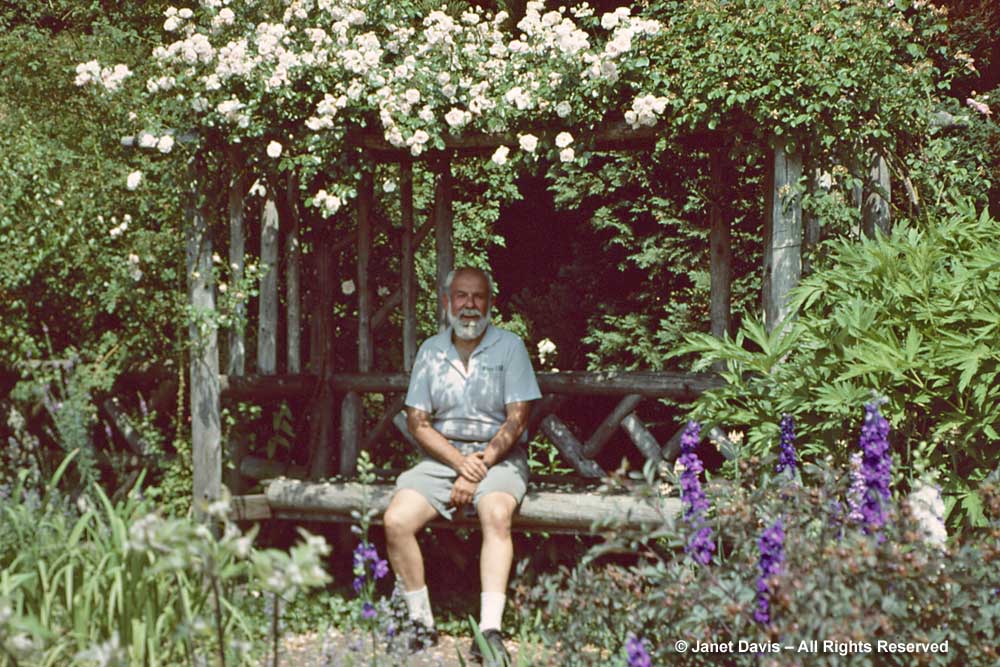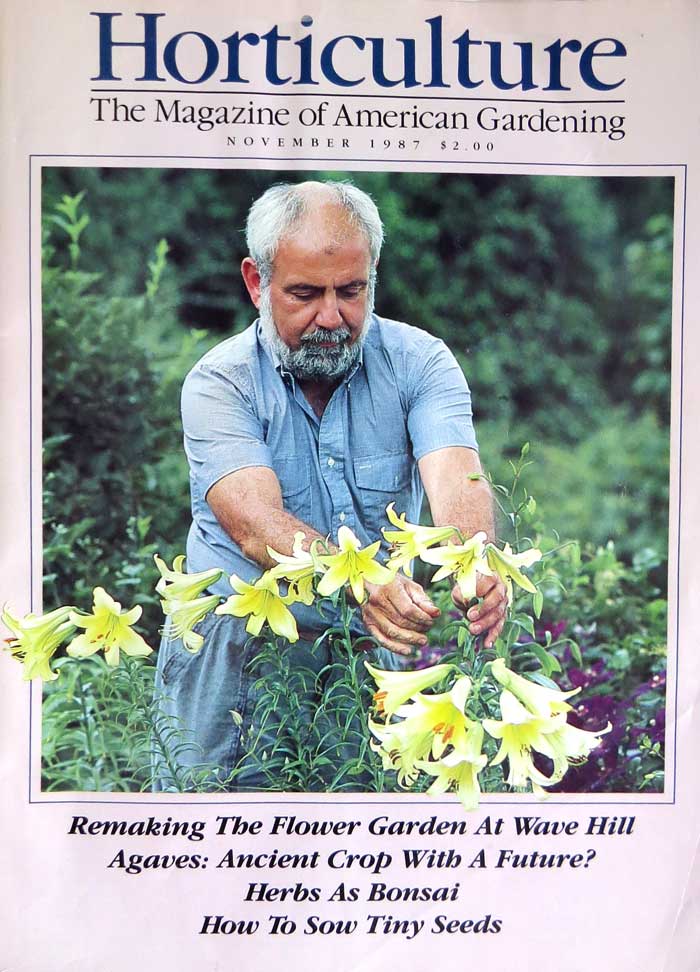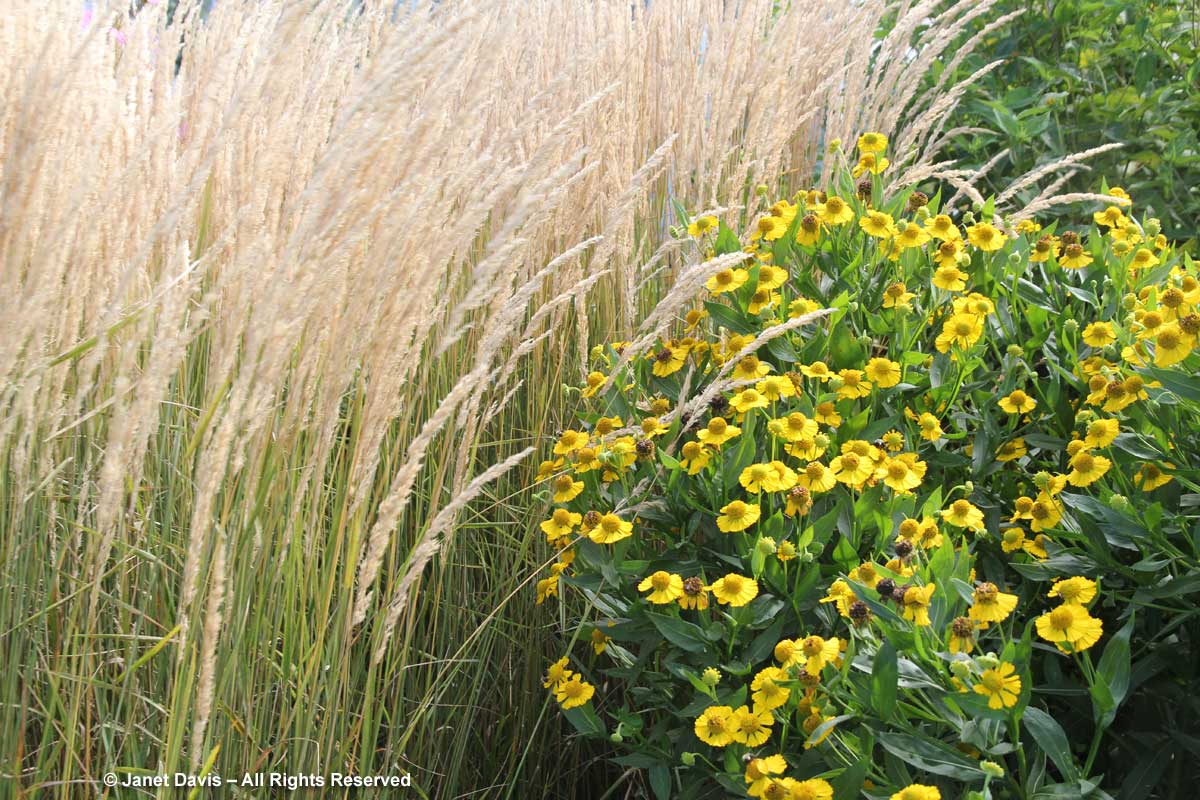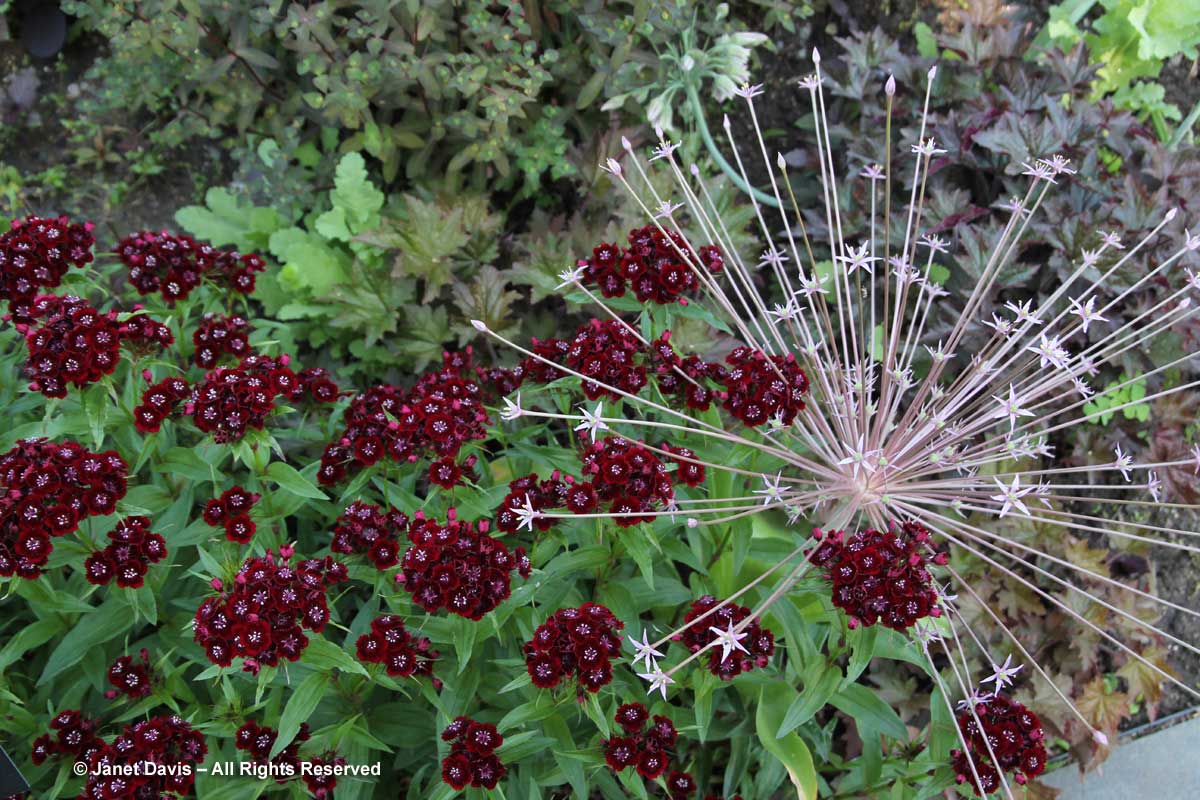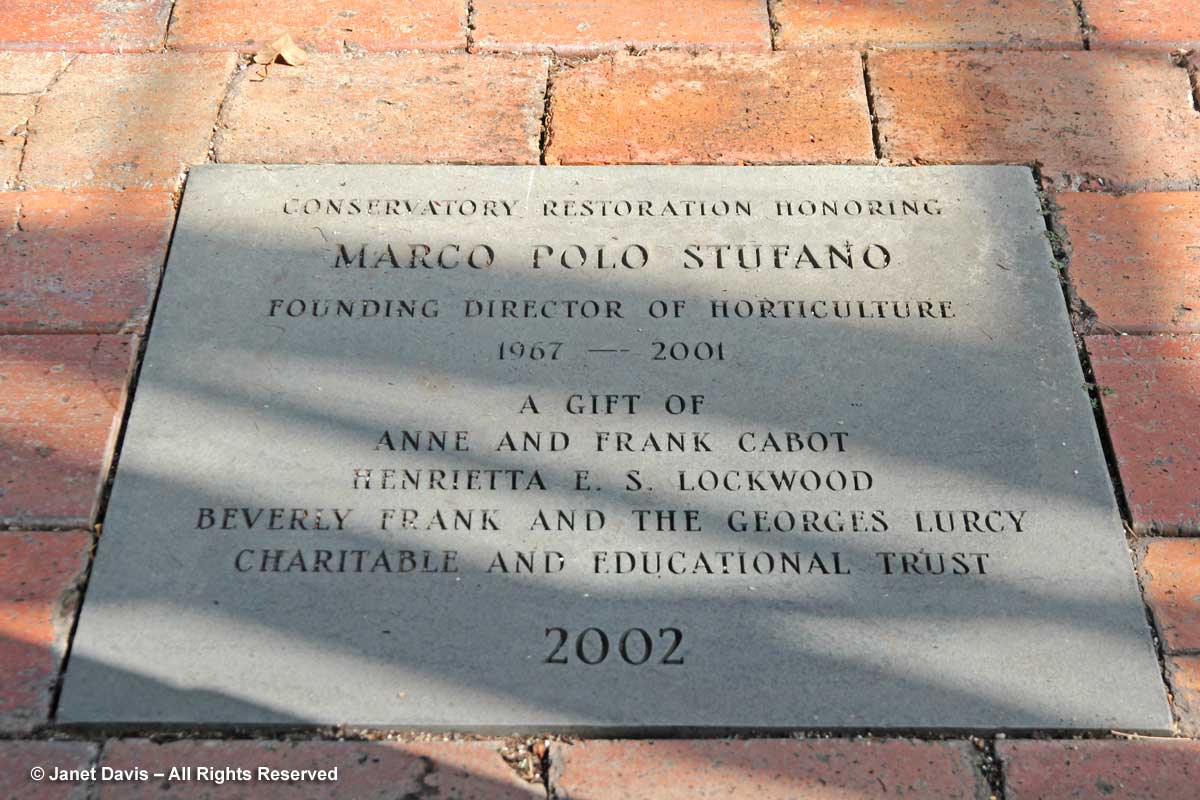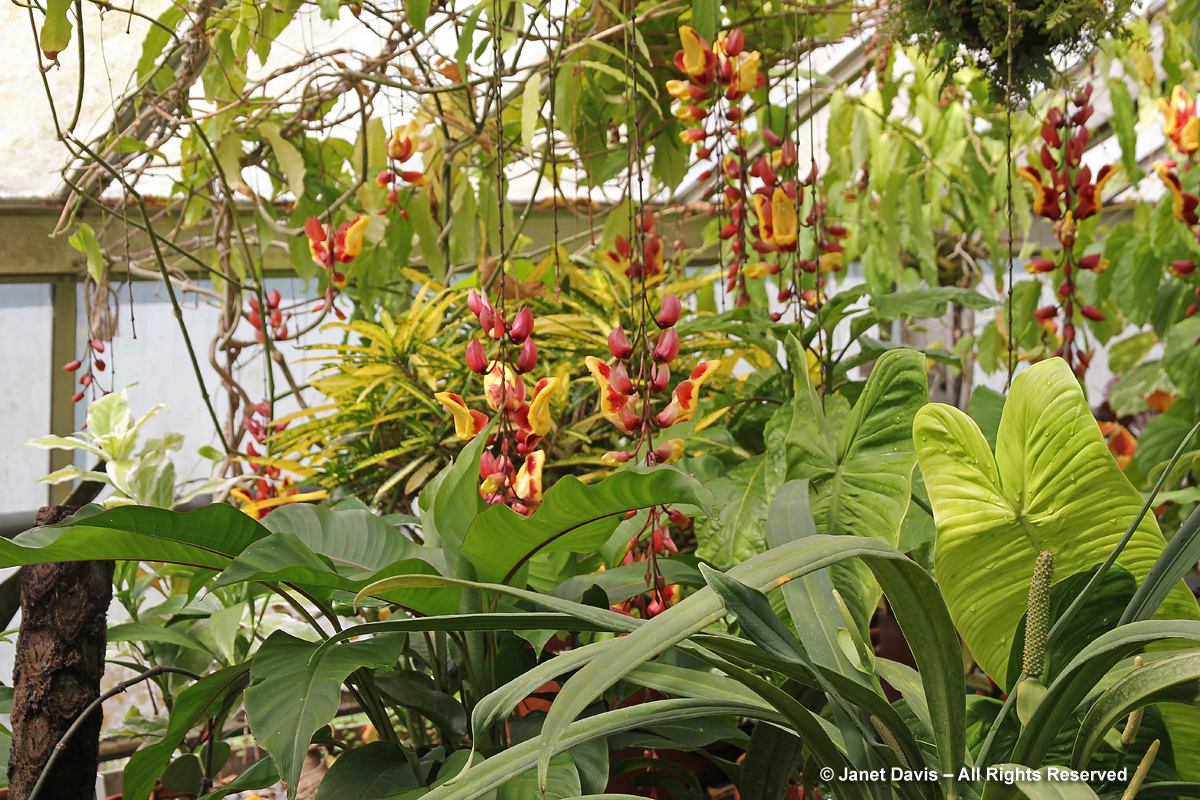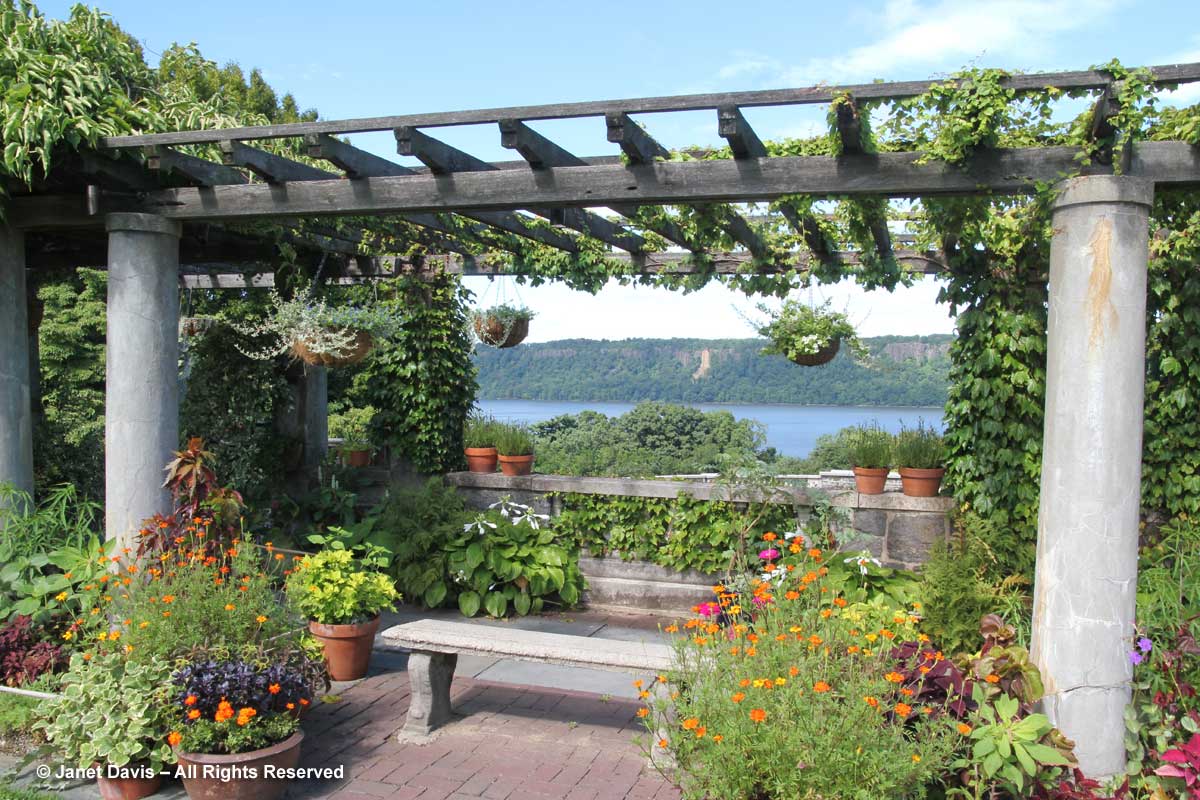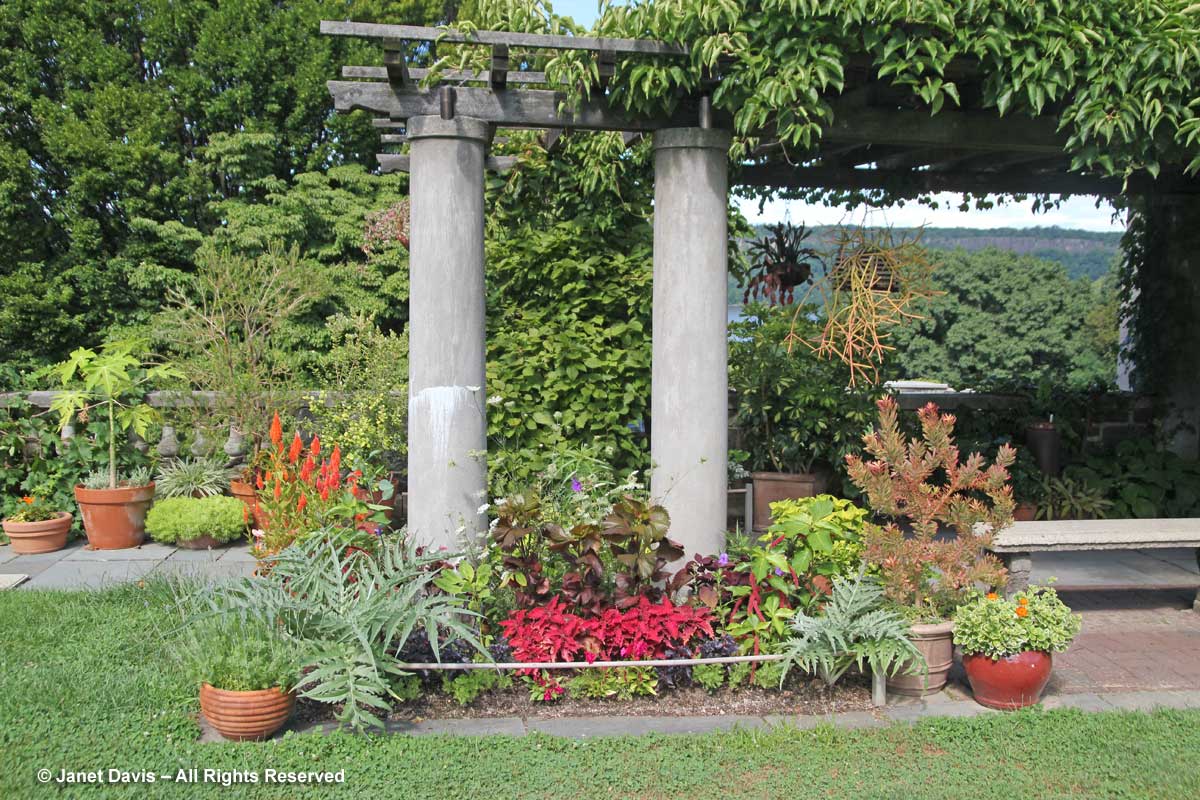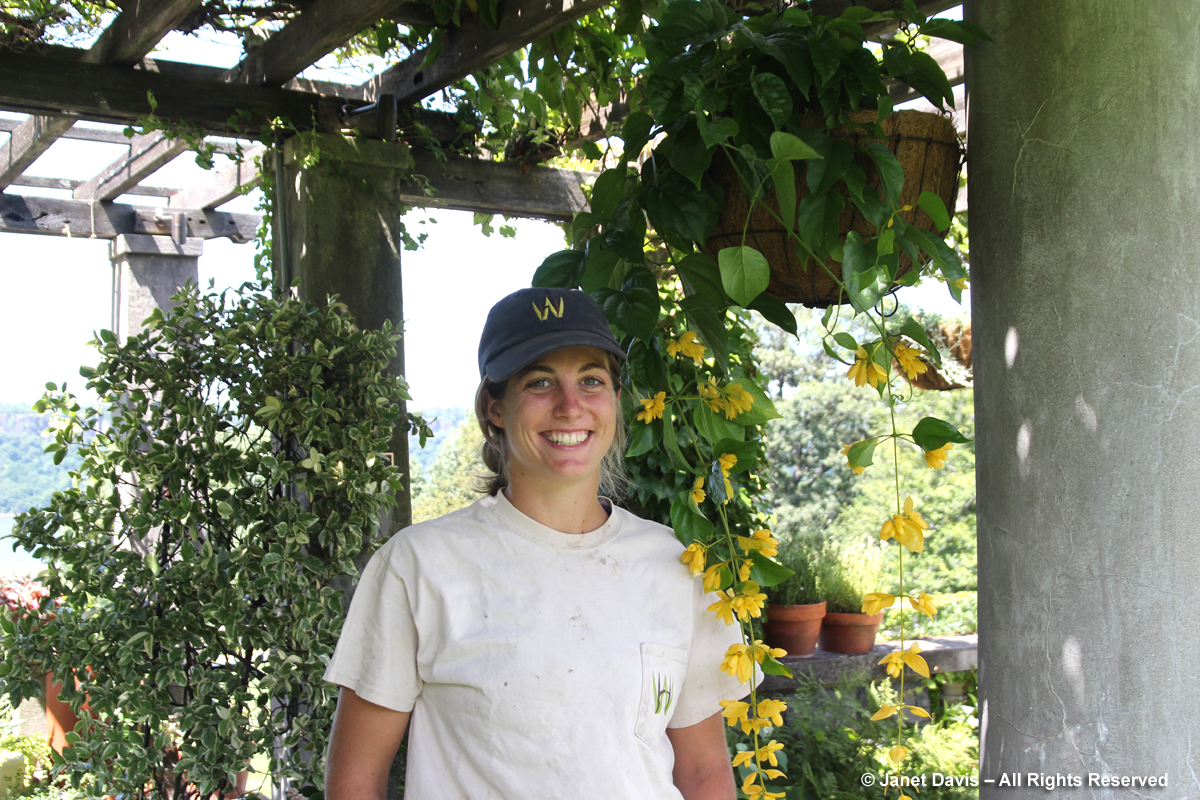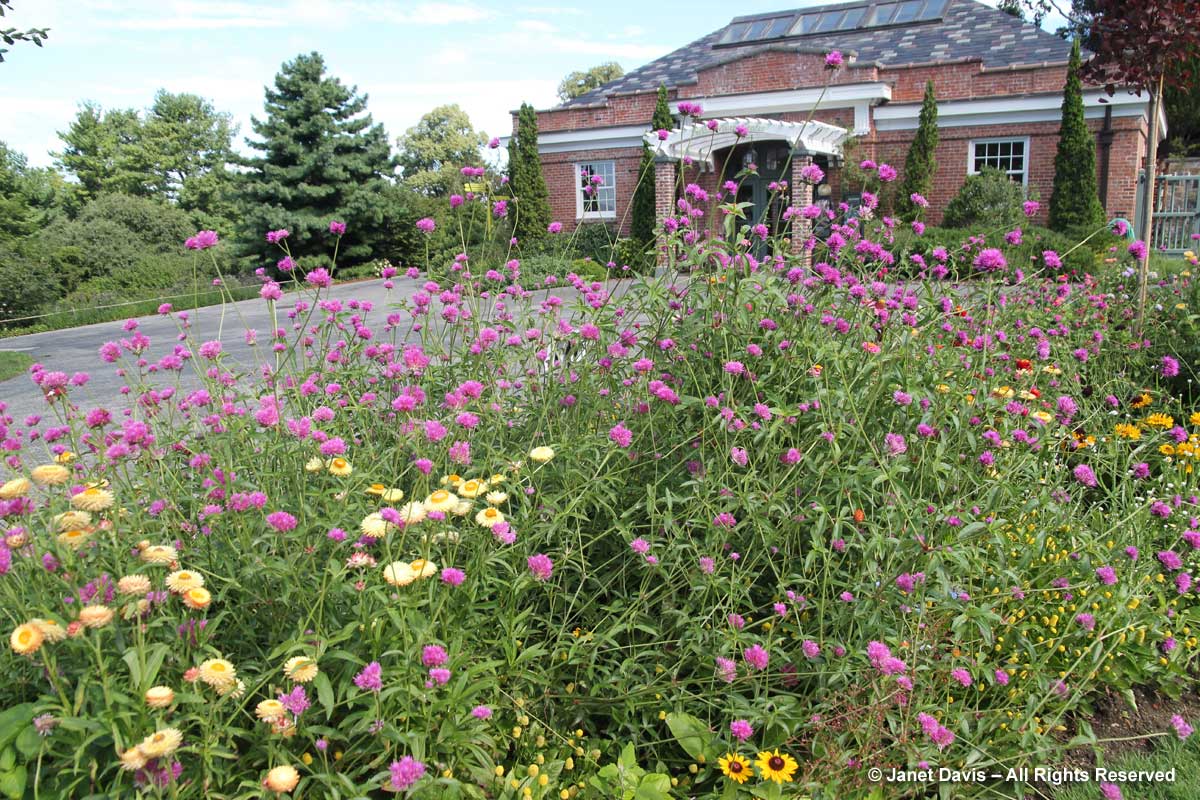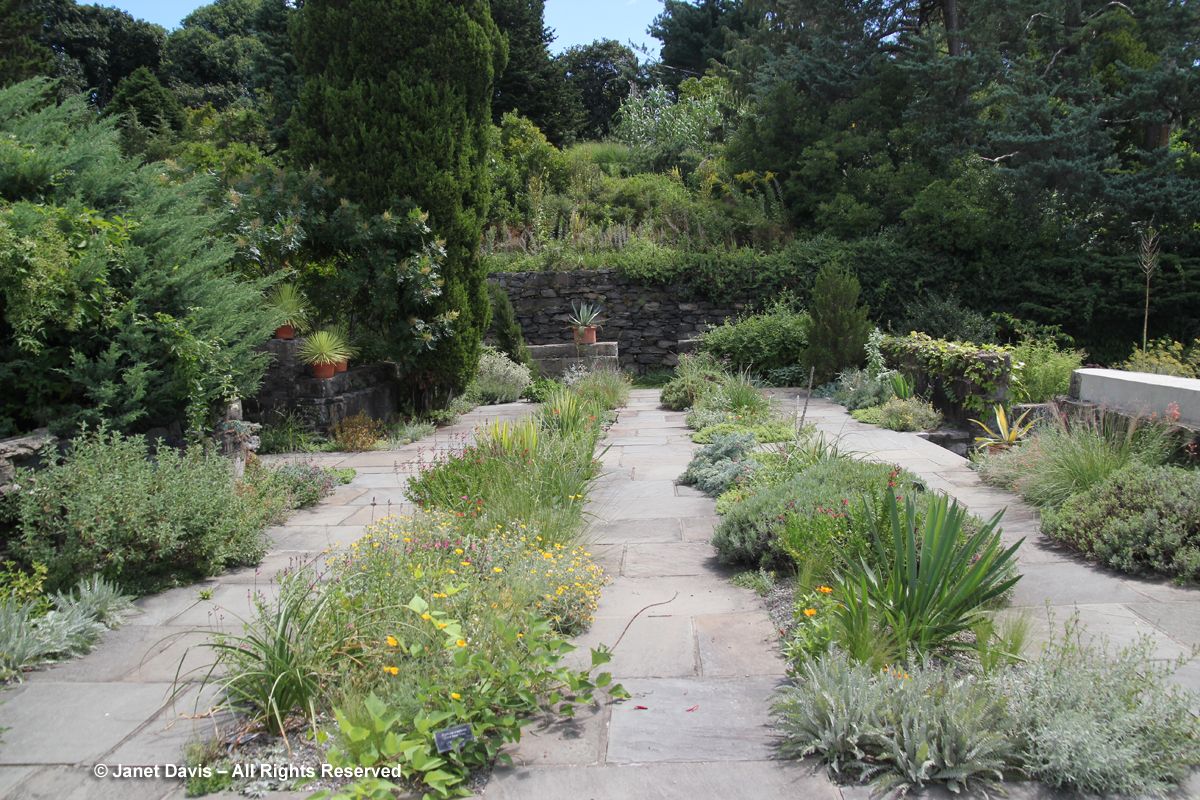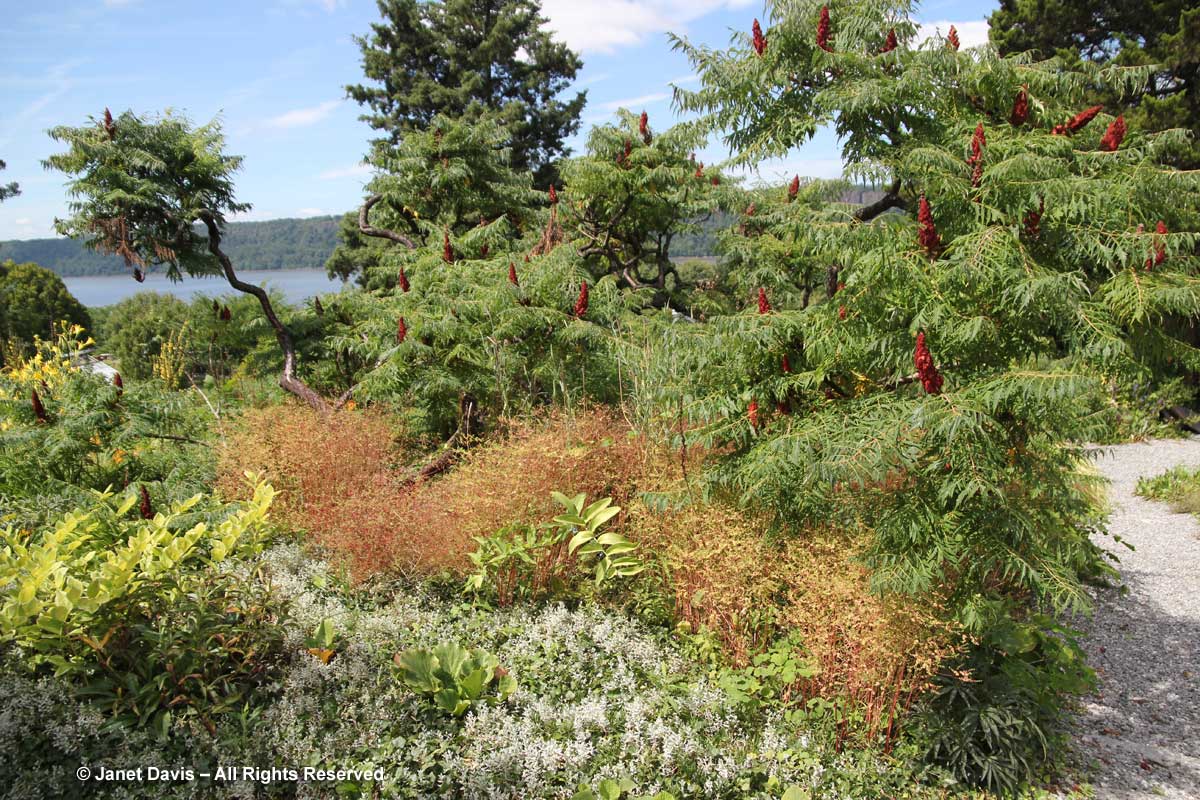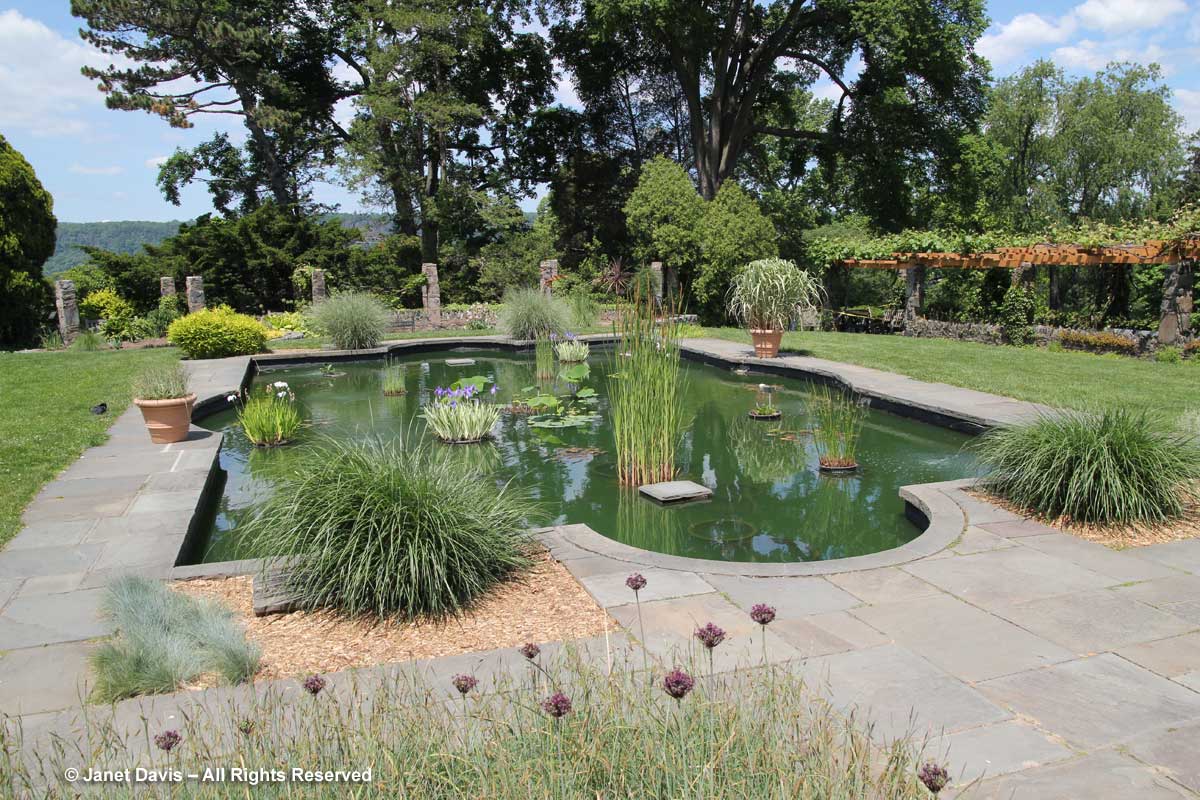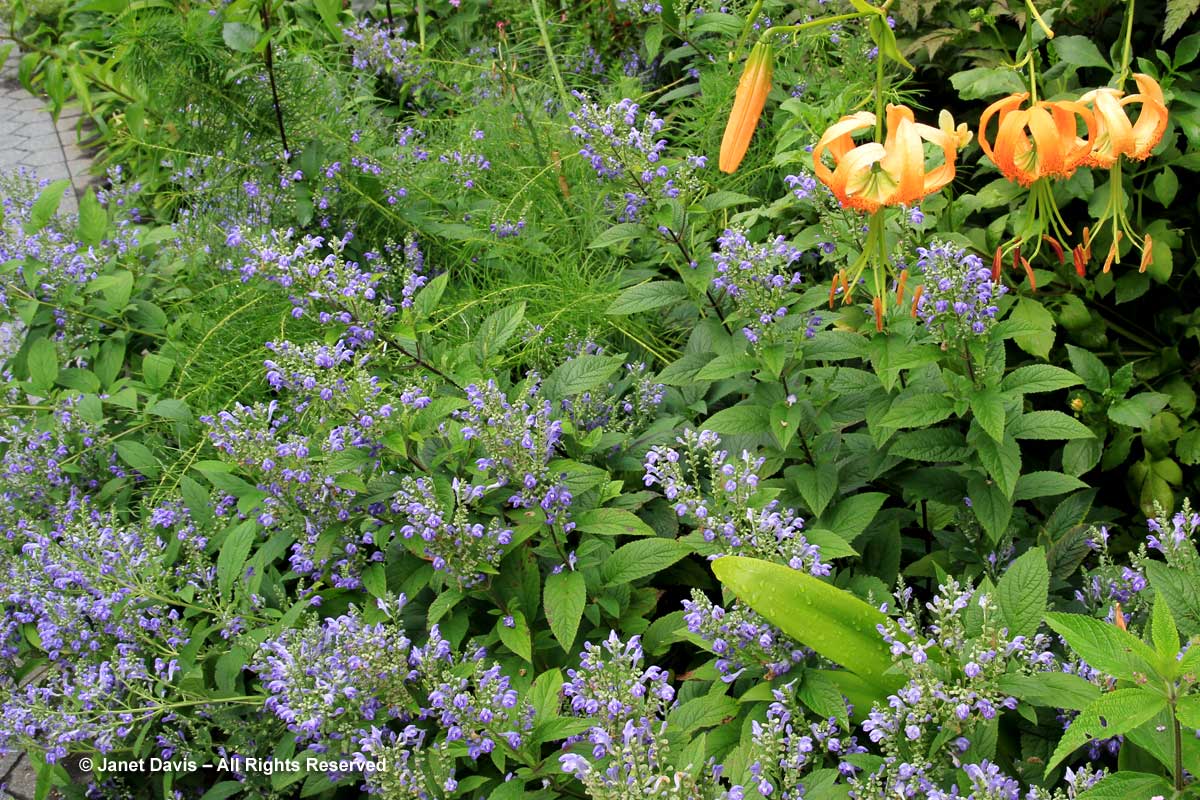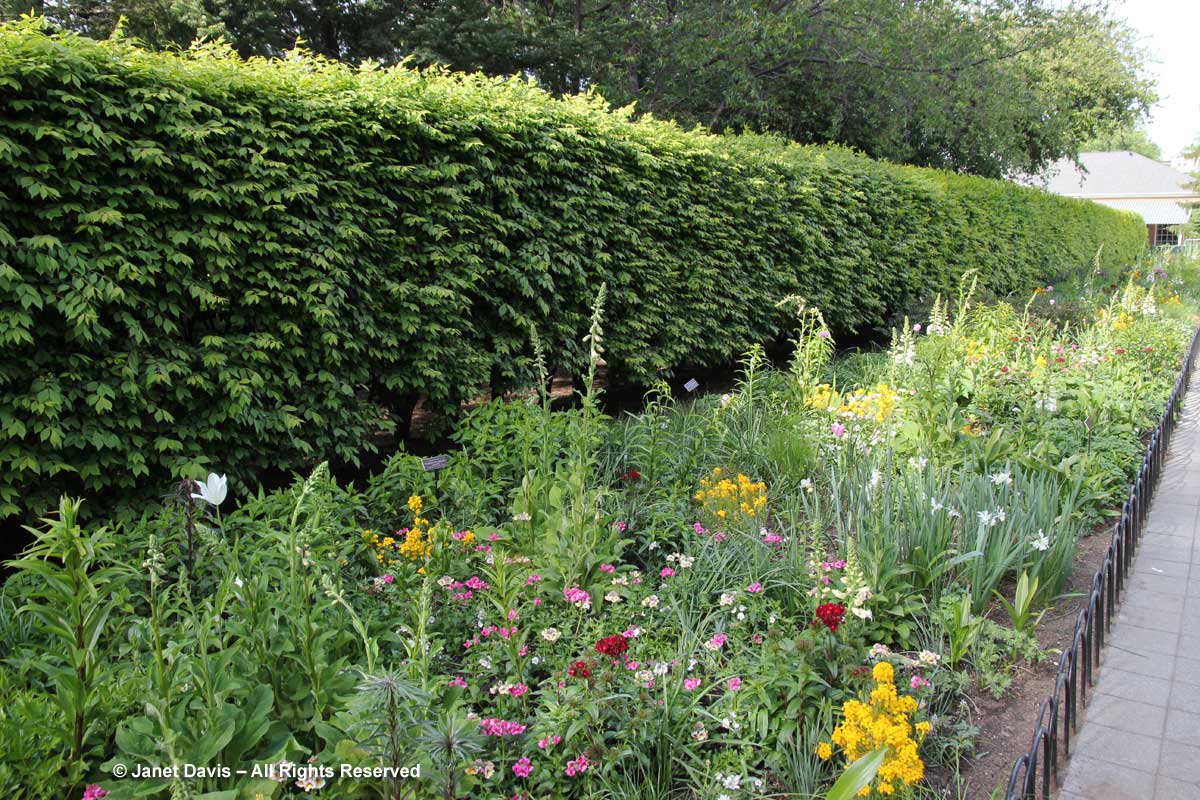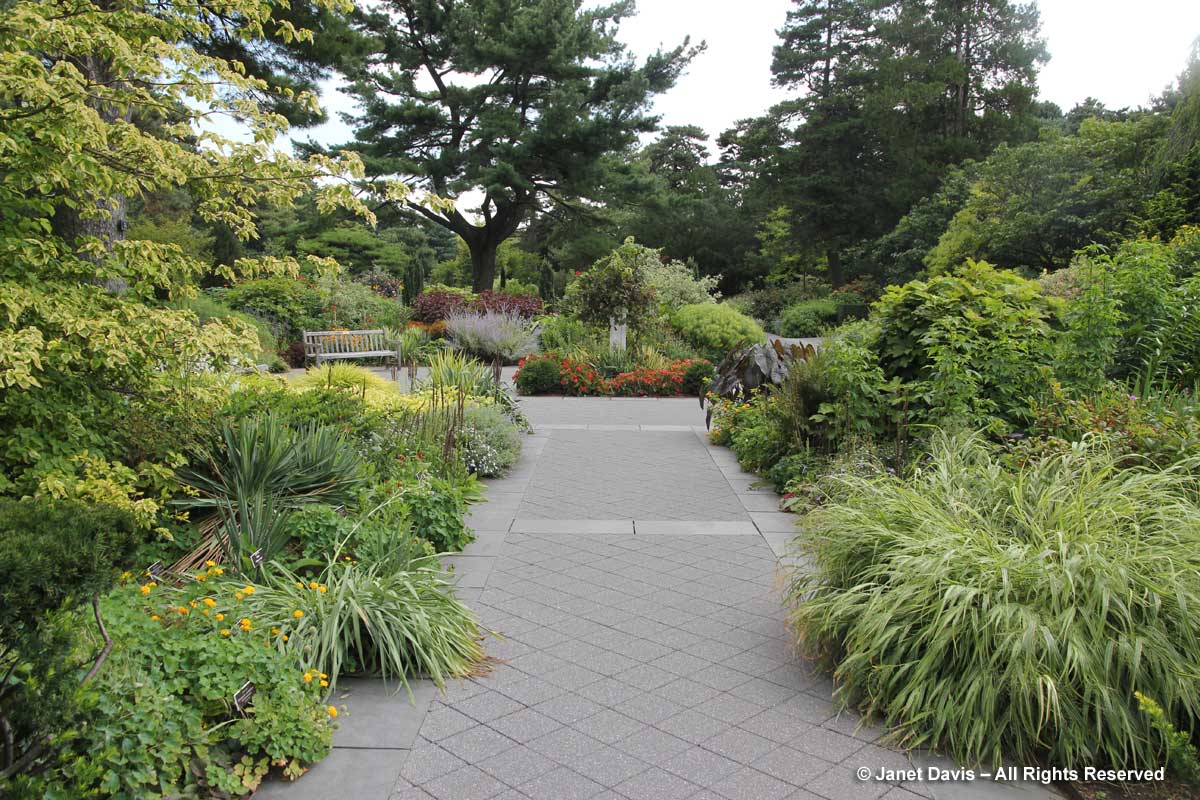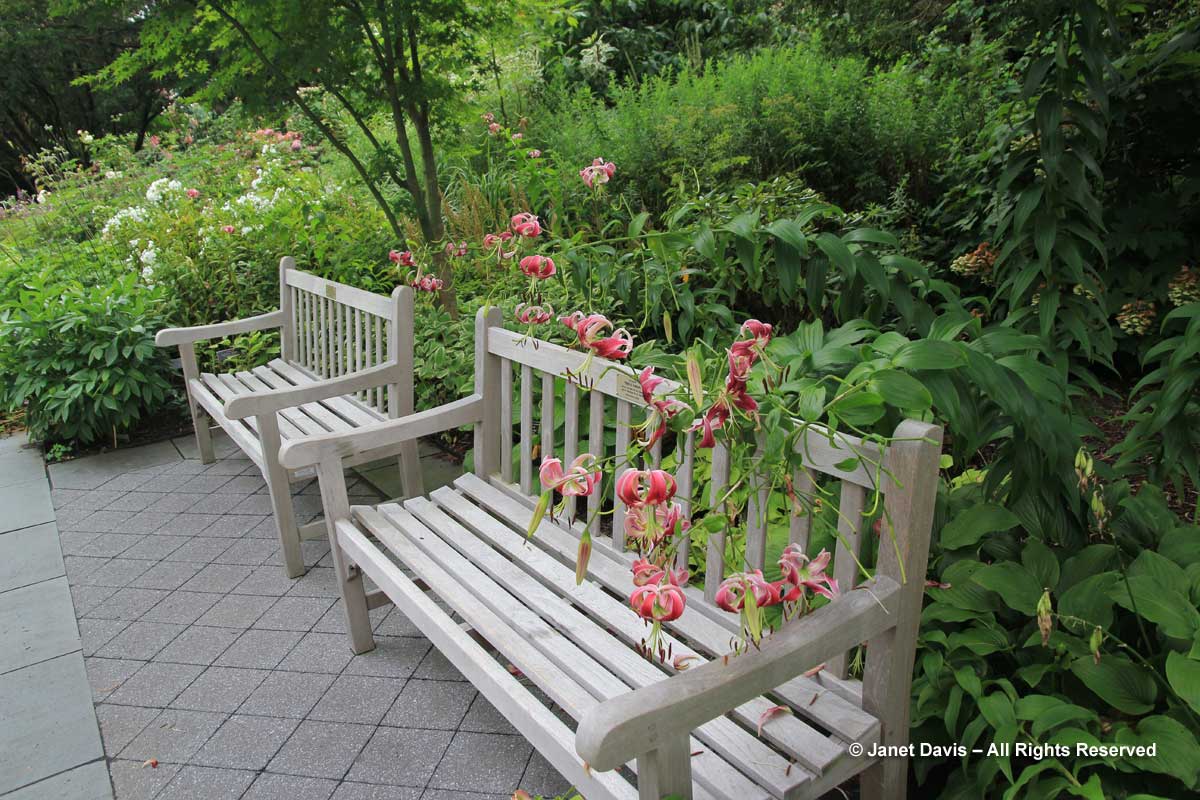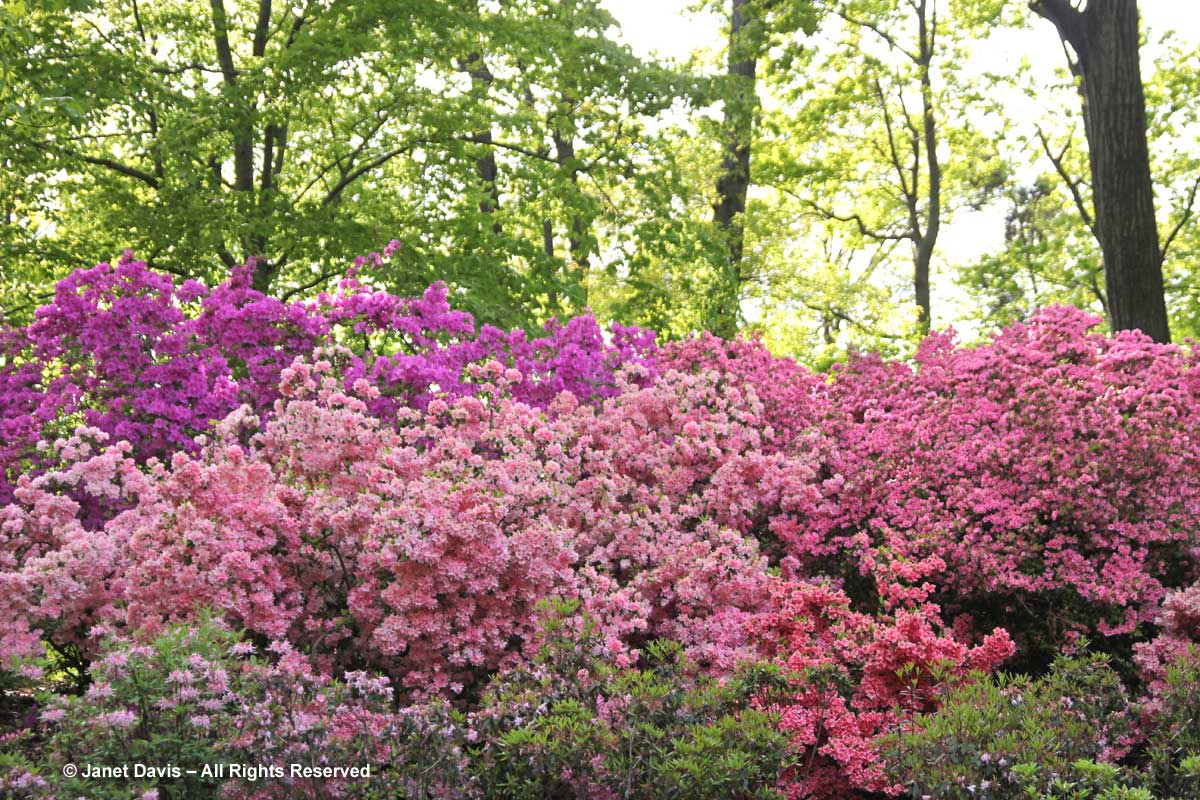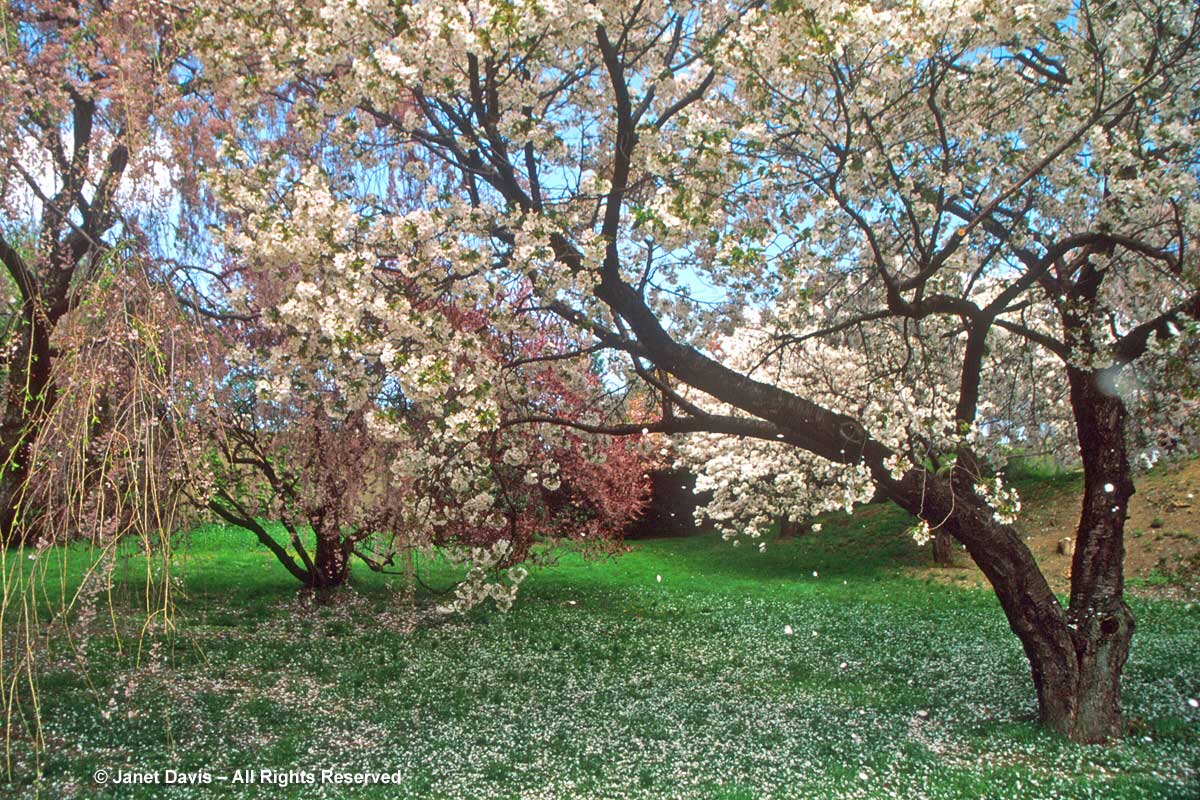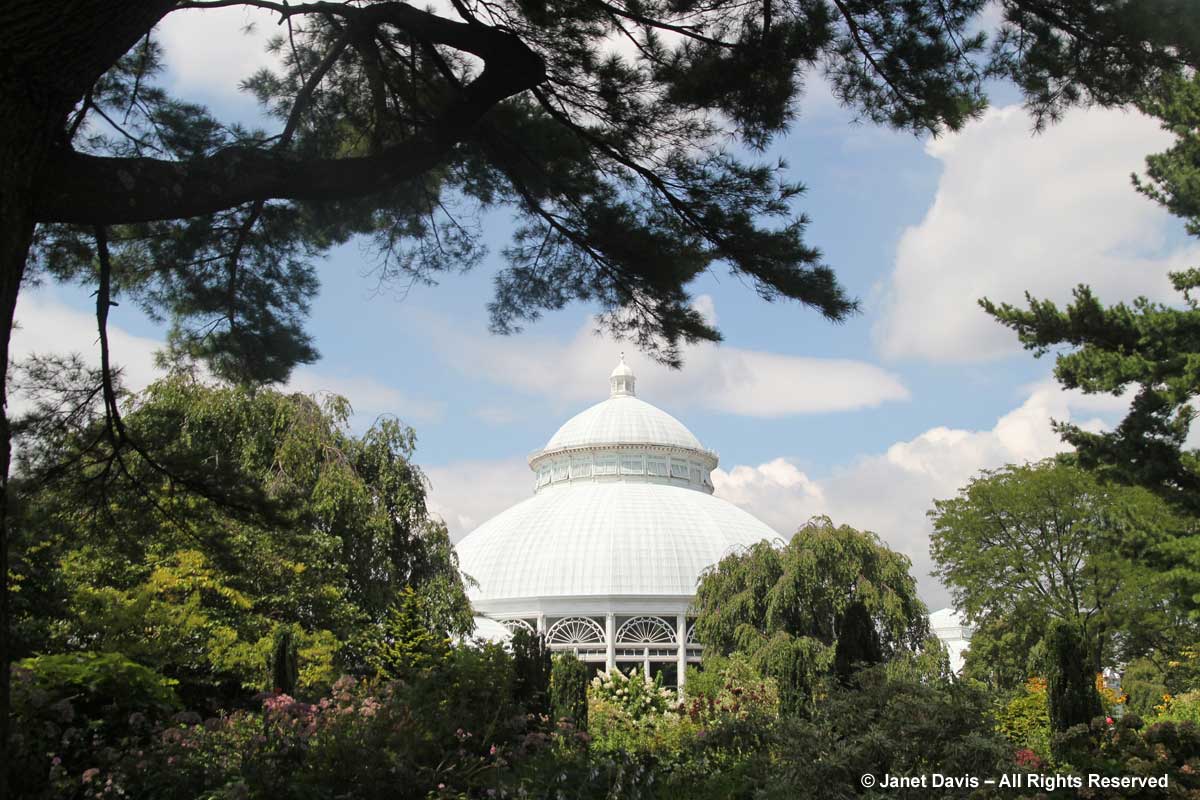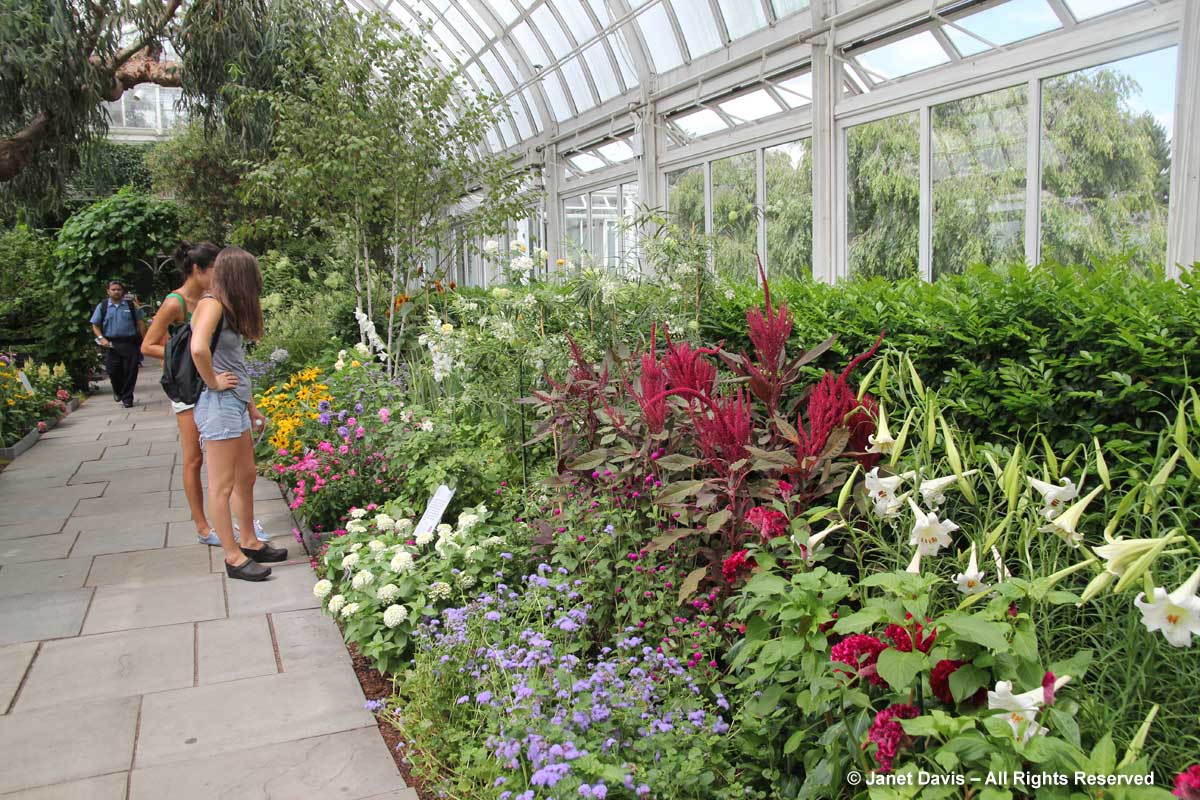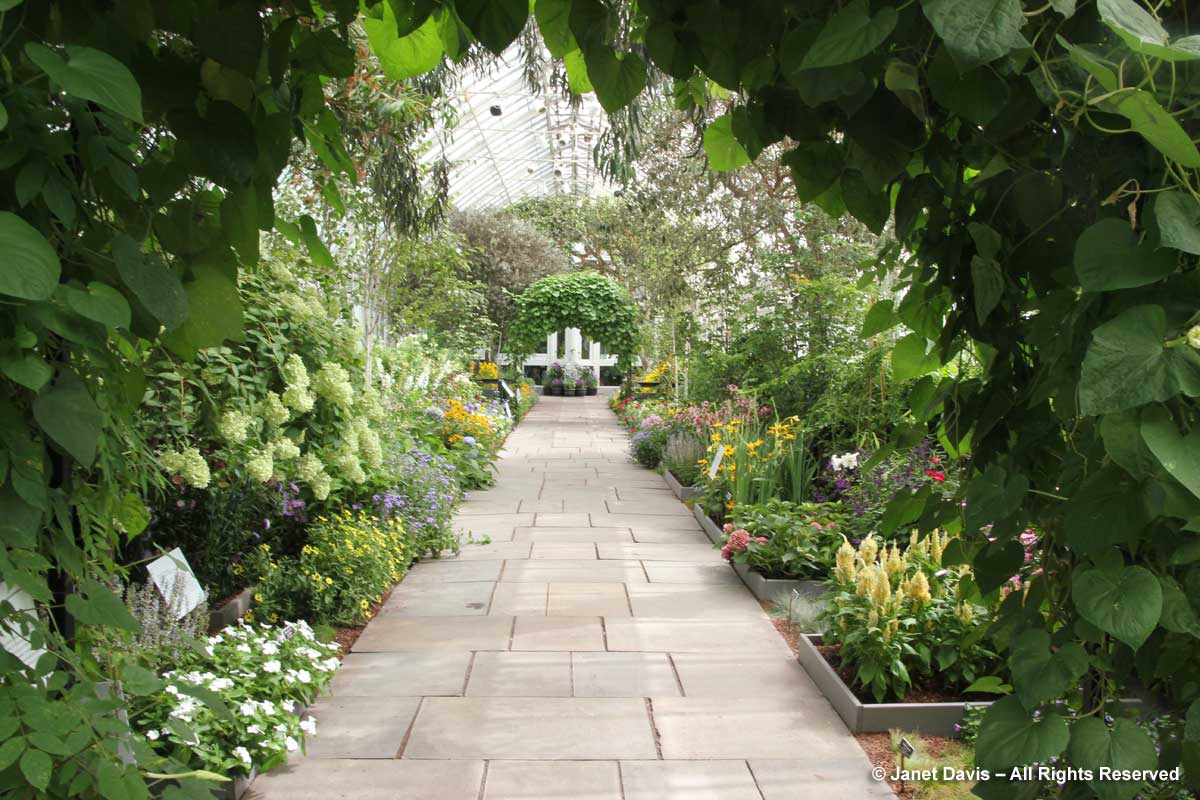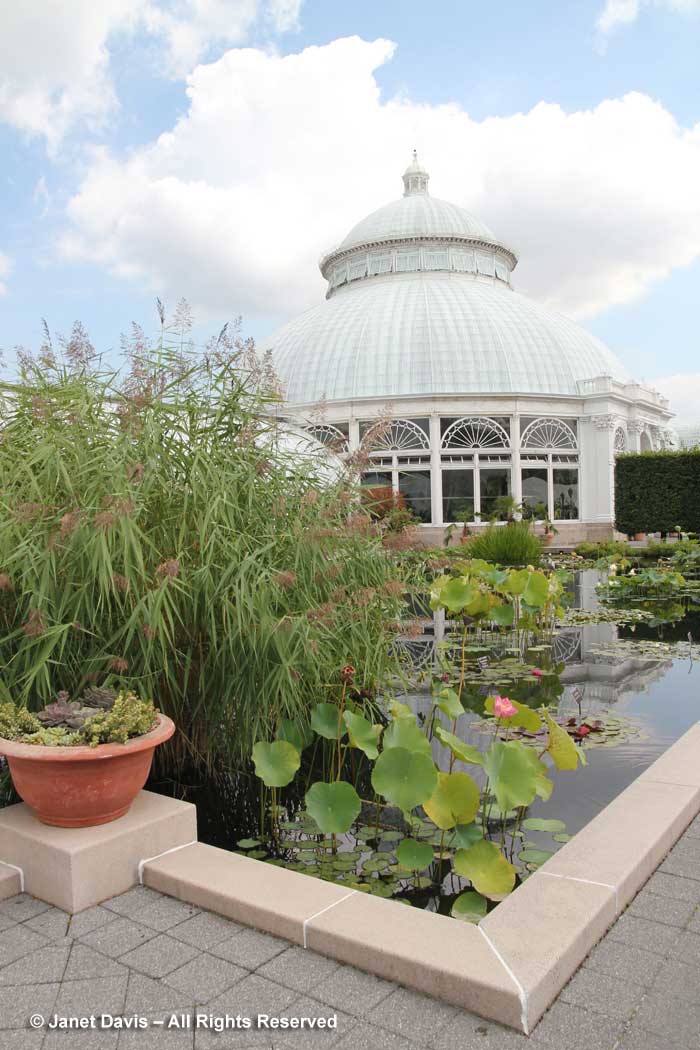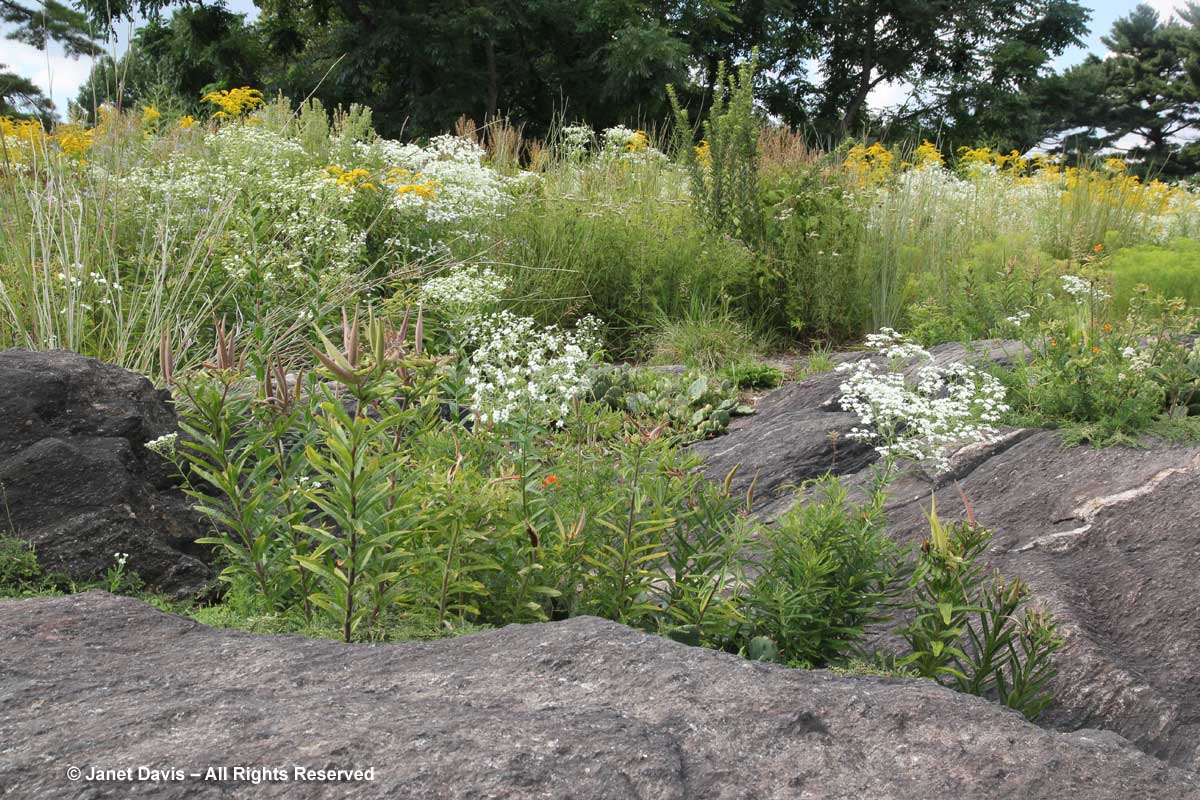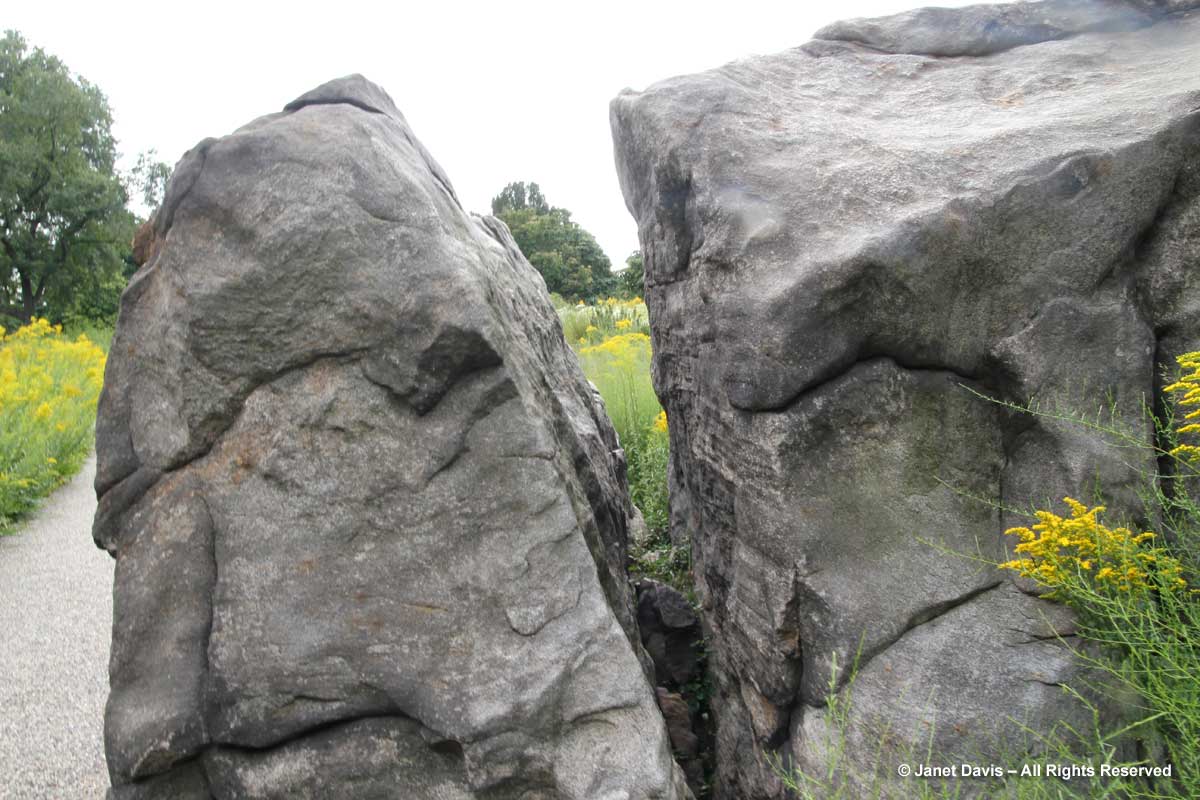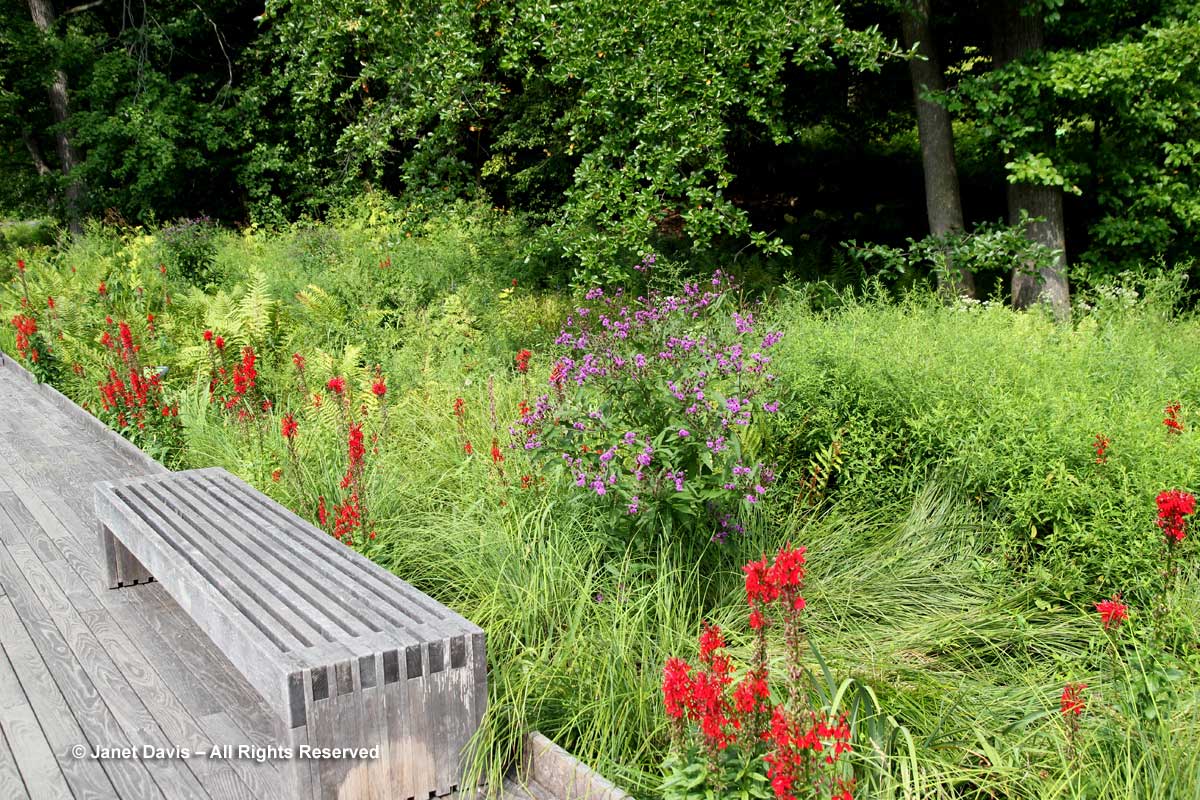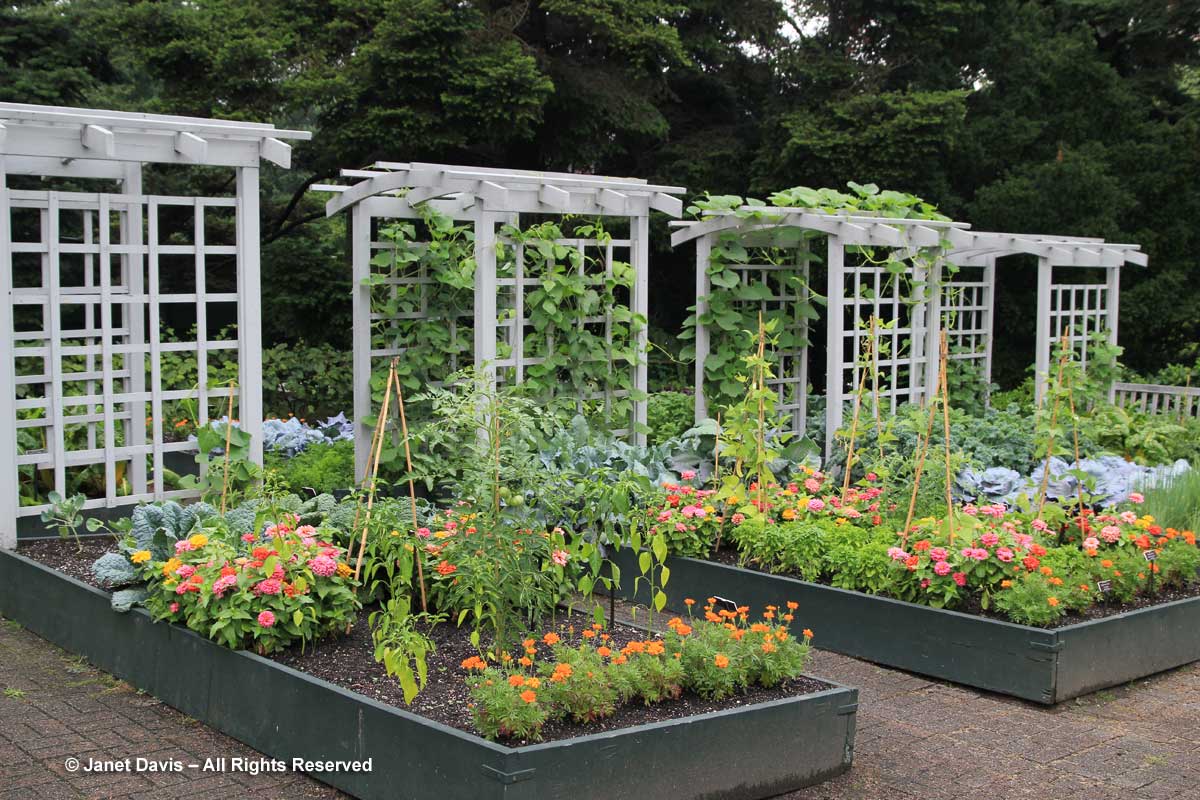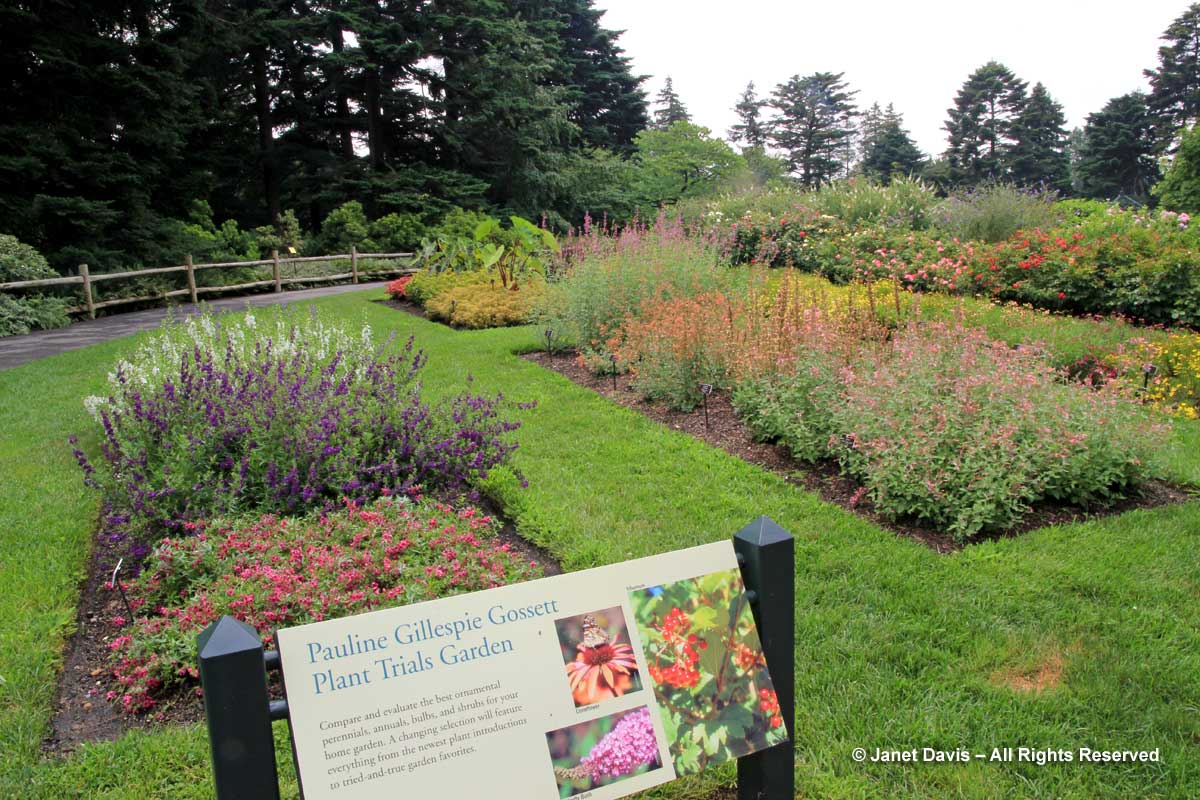“Brown in the garden”. Remember my January resolution to blog about every colour for all of 2016? Well, it’s September and I’ve delayed writing about brown as long as I could….
No, “brown in the garden” is not a phrase you often hear, unless it’s wondering what to do with those Japanese maple leaves that are curling up and turning brown in summer (uh-oh). Or the white pine needles that are turning brown in October (they’re getting ready to fall silly… no evergreen is truly ever-green.)
In the winter, you might notice bronze oak leaves remaining on trees, even through the snowiest and coldest weather. That is a function of tannins that remain in the leaves once chlorophyll breaks down, protecting and preserving them in the same way an old-fashioned ‘tanner’ would use these substances to turn animal hides into leather. This tendency to hang onto the twig as a brown leaf after most deciduous trees have lost their leaves is called marcescence. Beeches, below, also exhibit marcescence, and their winter leaves can be quite fetching in the garden..
I love this winter combination of columnar beeches (Fagus sylvatica ‘Atropurpurea’) and switch grass (Panicum virgatum) at the Toronto Botanical Garden.
Many warm-season grasses also retain tannins in the leaf and enough structural integrity to stand upright through winter weather. Shown below in snow is switch grass (Panicum virgatum), but you may note this strong winter presence in maiden grass (Miscanthus), feather reed grass (Calamagrostis), fountain grass (Pennisetum) and northern sea oats (Chasmanthium) as well.
Toronto’s Music Garden relies on ornamental grasses to provide much of its interest for the long winter months.
Brown seedheads also have their own charm, and many look beautiful against snow. This is anise hyssop (Agastache foeniculum ‘Blue Fortune’) consorting with a grass in winter.
Purple coneflower seedheads (Echinacea purpurea) persist very well through winter, and feed hungry birds as well.
Even in the gardening season, flowers that turn brown add a textural note to plantings. In my own cottage meadows, I love the September shaving-brush seedheads of New York ironweed (Vernonia noveboracensis).
These are the seedheads of Phlomis tuberosa ‘Amazone’, with the fading flowers of echinacea. Not surprisingly, this duo is in the Entry Border of the Toronto Botanical Garden – a border designed by Piet Oudolf, whose philosophy is to create a meadow-like tapestry of plants that lend beauty even when out of bloom.
And look at these giant alliums, also in the entry border at the TBG. Of course they were beautiful when they were rich violet-purple, but I do love them as brown seedheads consorting with the rest of the plants a few weeks later.
Speaking of the Toronto Botanical Garden, I spend so much time there, chronicling the changes in the various gardens, but especially in Piet Oudolf’s Entry Border, that I’ve come to appreciate the plants that persist beyond their starring roles. So I’ve made a video to show the function that “brown” fulfills as a substantive colour in autumn and winter, after the colourful flowers have faded. There are many plants shown in these images, but especially good for persistence of seedheads are Liatris, Echinacea, Achillea, Stachys, Astilbe and, of course, all the ornamental grasses. Have a look……
Piet Oudolf also designed the plantings at the High Line, where brown is a colour, too. Below is a pink astilbe in the process of turning bronze, then buff, making it the perfect colour companion for the blackeyed susans.
Lovely as they are in the winter garden, many grasses also have spectacular brown flowers that create lovely colour combinations in the summer garden, too, like this fluffy brown cloud of (Deschampsia caespitosa) with airy sea lavender (Limonium latifolium), also in the border designed by Piet Oudolf.
And here it is softening purple coneflowers (Echinacea purpurea) at the Royal Botanical Garden in Burlington, Ontario. Doesn’t that little cloud of brown add a grace note to that scene?
This is feather reed grass (Calamagrostis acutiflora ‘Karl Foerster’) with blue Russian sage (Perovskia atriplicifolia) – demonstrating that blue and (golden) brown make lovely dance partners.
Speaking of blue and brown, this is a very good combination: Amsonia ‘Blue Ice’ with Heuchera ‘Caramel’.
Heucheras, of course, have been bred over the past few decades to produce a fabulous range of colours, many of which veer towards brown. I love the rich tones of ‘Mahogany’, below.
Even some evergreens can be called brown, like this weird little arborvitae, Thuja occientalis ‘Golden Tuffet’ (which isn’t even dead!)
Many tropical plants seem to exhibit brownish tones. For example, luscious Canna ‘Intrigue’, here with coleus at the Toronto Botanical Garden….
…. and that strange multi-colored tropical shrub copperleaf (Acalypha wilkesiana), with its patchwork peach & brown leaves. Though you sometimes see this as the cultivar ‘Mosaica’, the reddish-olive-brown shows up in varying degrees in a few forms of that species. ‘Haleakala’ has a completely brown leaf.
I love Cordyline ‘Red Star’, which is the centrepiece of this fabulous urn by the Toronto Botanical Garden’s gifted horticulturist Paul Zammit. Though it often looks more burgundy, here it reads as rich brown, especially with the matching heucheras.
Phormiums or New Zealand flax have been a big part of the tropical gardener’s arsenal, and many are bronze- or olive-brown. This is lovely ‘Dusky Chief’.
And where would gardeners be with annual sweet potato vine (Ipomoea batatas)? One of the richest is mocha-coloured ‘Sweet Caroline Bronze’, shown below with Pelargonium ‘Indian Dunes’.
There are countless cultivars of the annual foliage plant coleus (Plectranthus scutellarioides), and a few hit the brown jackpot, like ‘Velvet Mocha’ below.
Pineapple lily (Eucomis comosa) ‘Sparkling Burgundy’ has olive-brown foliage that really adds depth to a garden, like the Ladies’ Bed at the New York Botanical Garden.
Brown-flowered perennial plants are, admittedly, in short supply (many gardeners likely wondering why you’d even want a brown flower) but there are strange and lovely bearded irises that come in copper and cinnamon shades, like ‘Hot Spice’, below.
And we simply cannot leave a discussion of brown in the plant world without talking about the genus Carex. Whether it’s Carex testacea, like this fun bronze-headed sculpture in Marietta & Ernie O’Byrne’s Northwest Garden Nursery in Eugene, Oregon……
….. or Carex buchananii in my very own sundeck pots a few years back.
I loved the way the Toronto Botanical Garden’s Paul Zammit used Carex buchananii in this spectacular run of windowboxes, along with orange calibracoa, the golden grass Hakonechloa macra ‘All Gold’, golden cypress and kitchen herbs.
And, yes, C. buchananii can be counted on throughout the snows of winter. (Whether it reappears in spring depends on how cold winter got!)
BUT….. gardeners do not live by plants alone. There are furnishings! And they can be brown & beautiful, like these cool, dark-brown metallic planters at Chanticleer Garden, in Wayne PA. (Check out the carex inside.)
Speaking of Chanticleer, I loved this rugged brown wood-and-COR-TEN steel bench and pergola in their Tennis Garden – and look how lovely brown furnishings are with brilliant chartreuse foliage.
Weathered COR-TEN steel is all the rage these days, being a stable, rusty finish that needs no upkeep. It was used to spectacular effect to make this canoe-like planter at New York’s High Line, holding interesting, moisture-loving plants flanking the garden’s water feature.
Water features are another way to bring a shot of brown into the garden. Have a look at the drilled ceramic urn fountain, below, which I photographed at Seaside Nursery in Carpinteria, California.
Let me finish up with a few sculptural details in shades of brown. Let’s start with whimsy – and a little Pythagorean creation from Suzann Partridge’s annual Artful Garden show. Isn’t she sweet?
And then let’s move to elegance: a handsome, rusty obelisk perfectly placed within a flowery border at Northwest Garden Nursery in Eugene.
Finally, I’ll sign off with a little farewell to summer: a September bouquet filled with brown prairie seedheads and grasses, from my Lake Muskoka meadow to you. And a reminder to remember that brown is a colour too!


